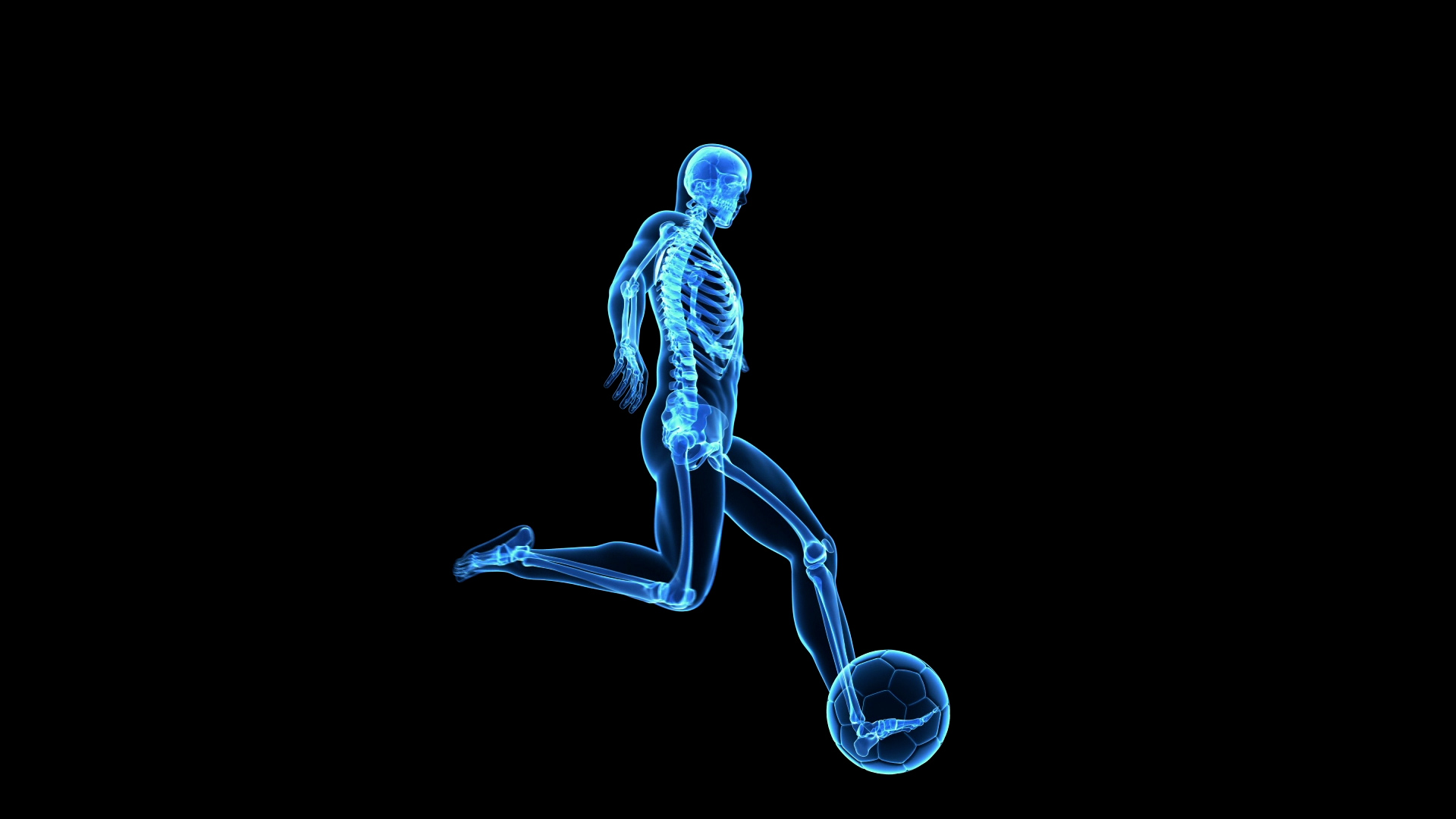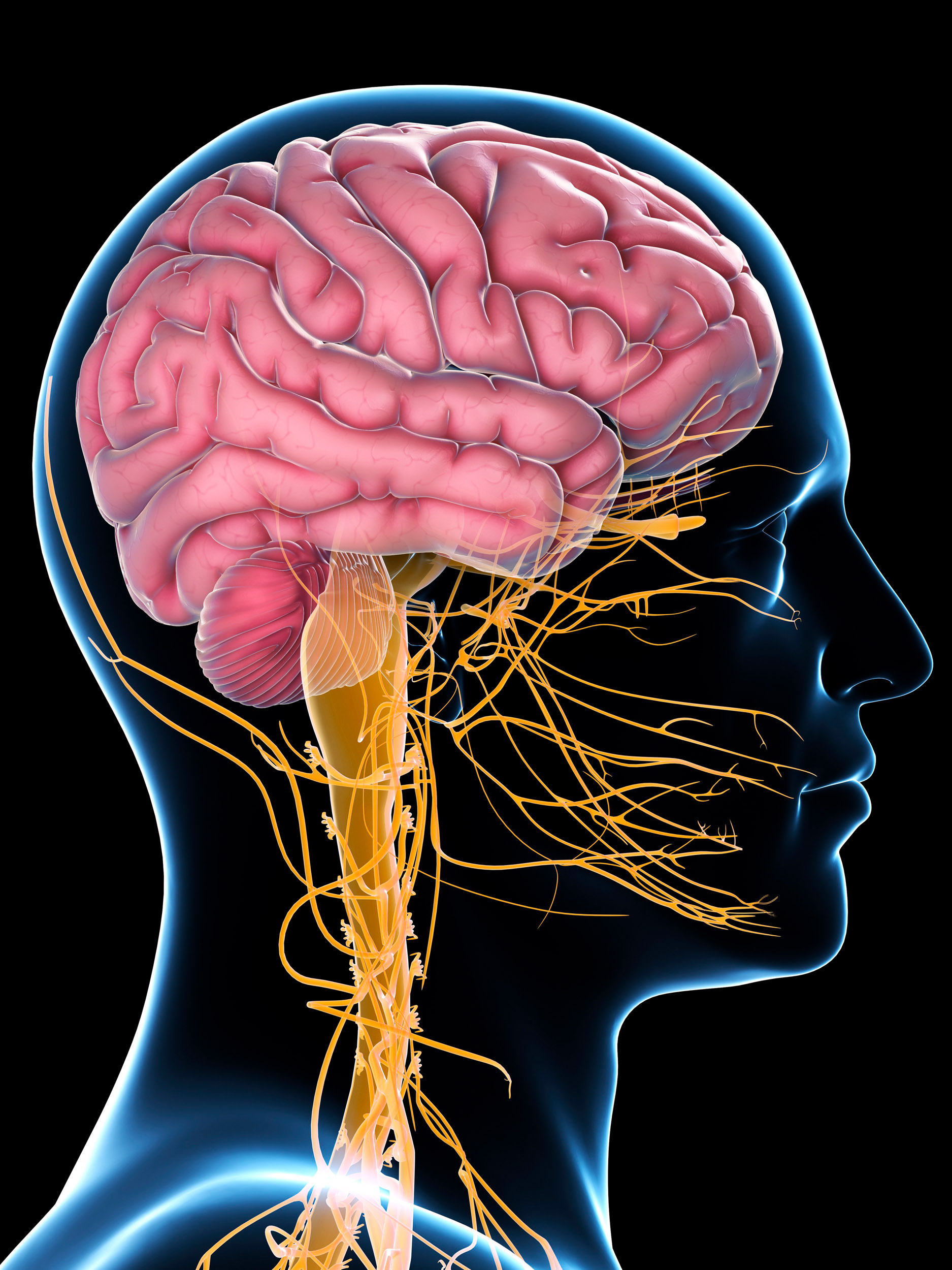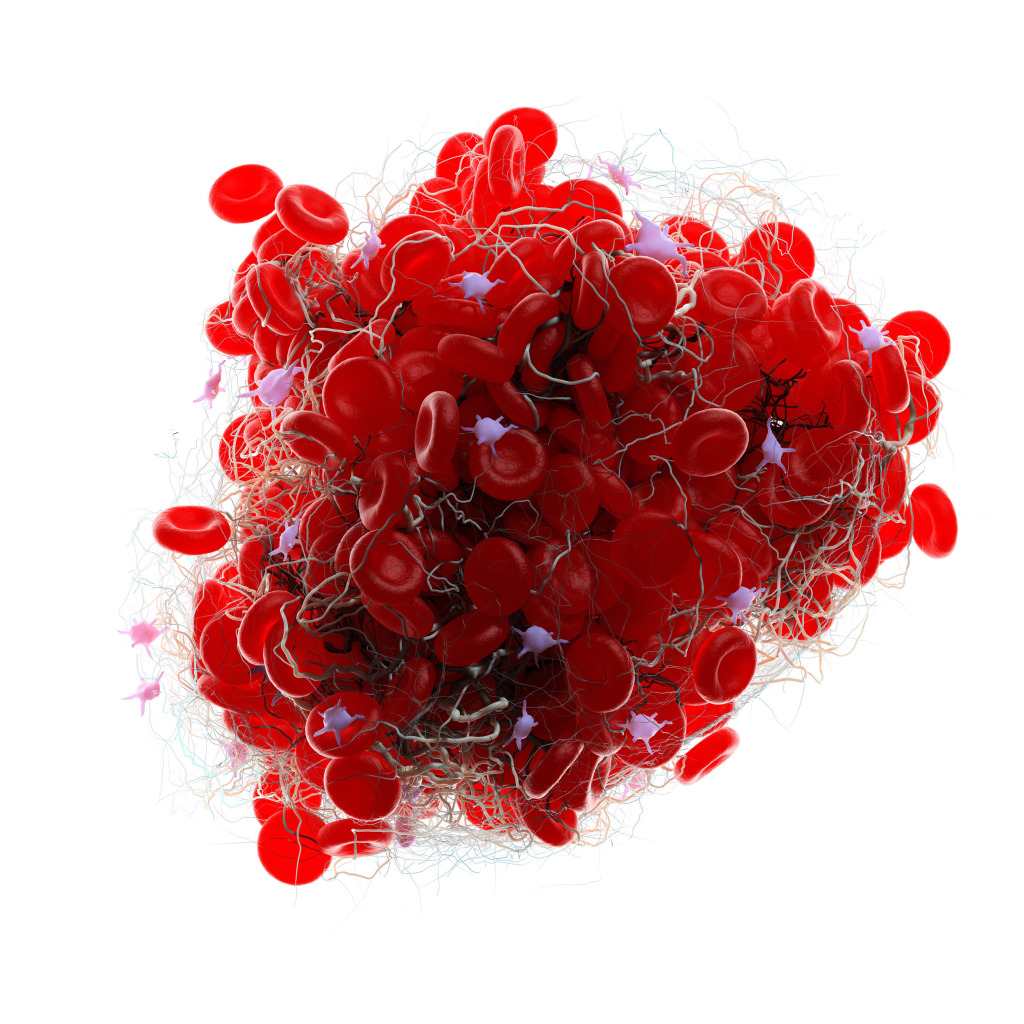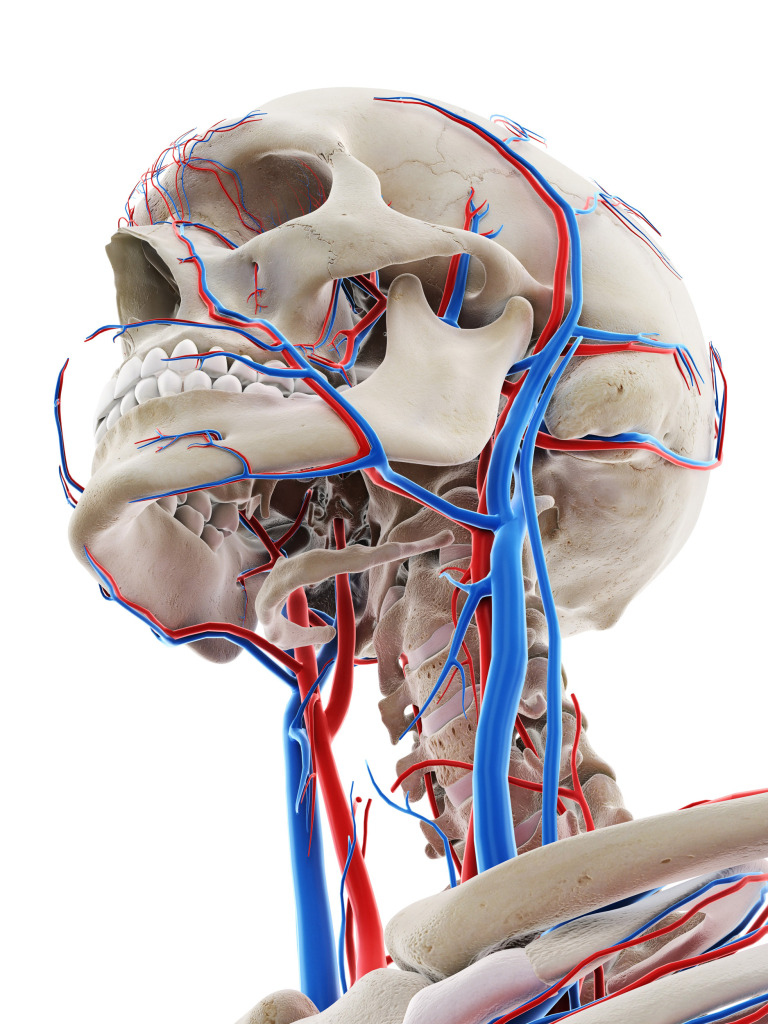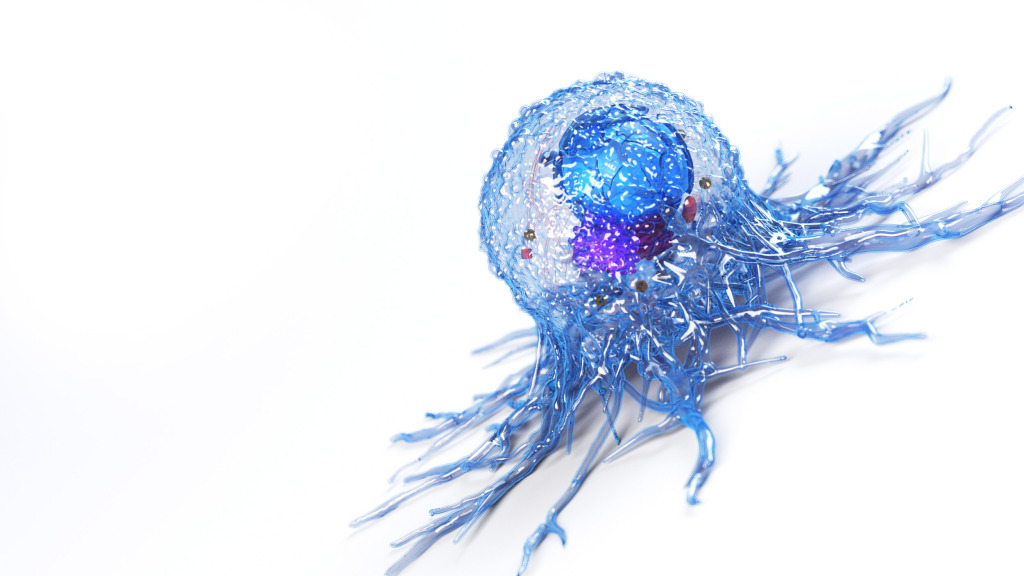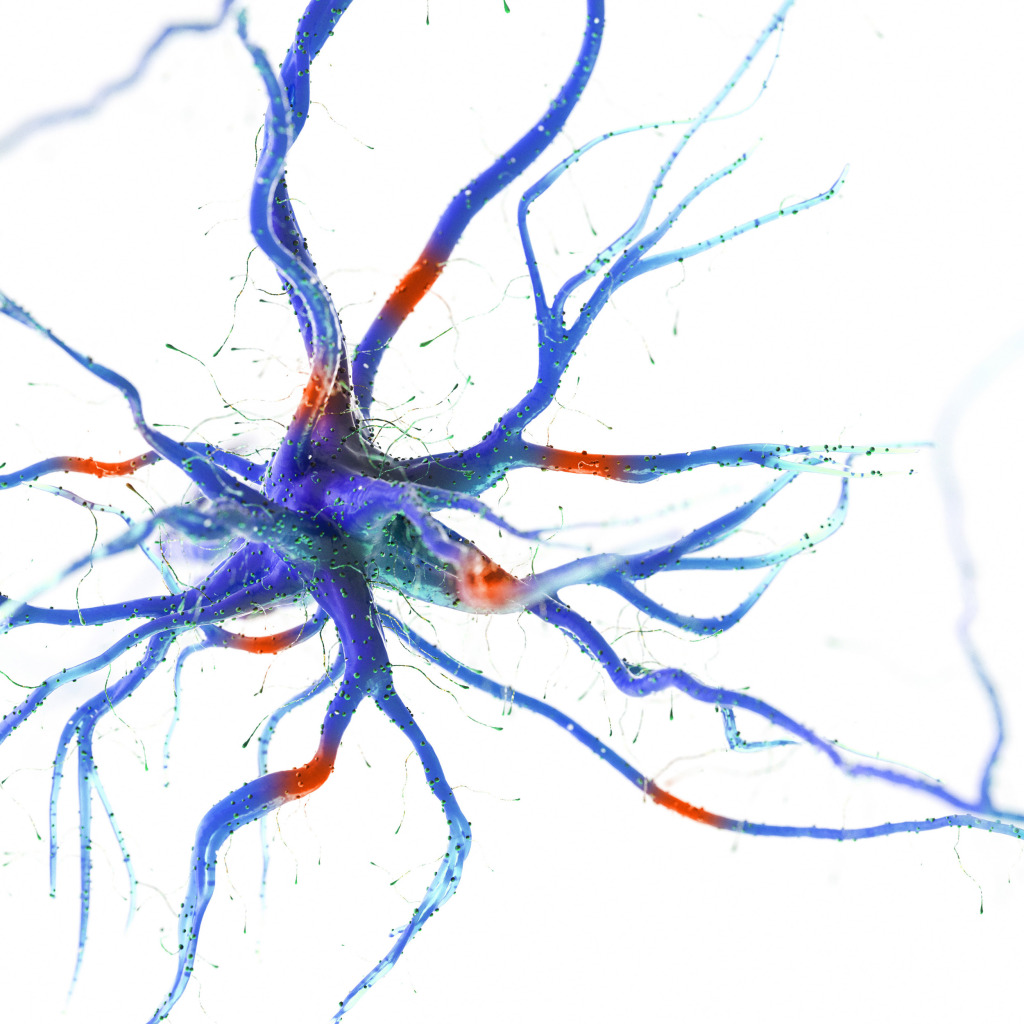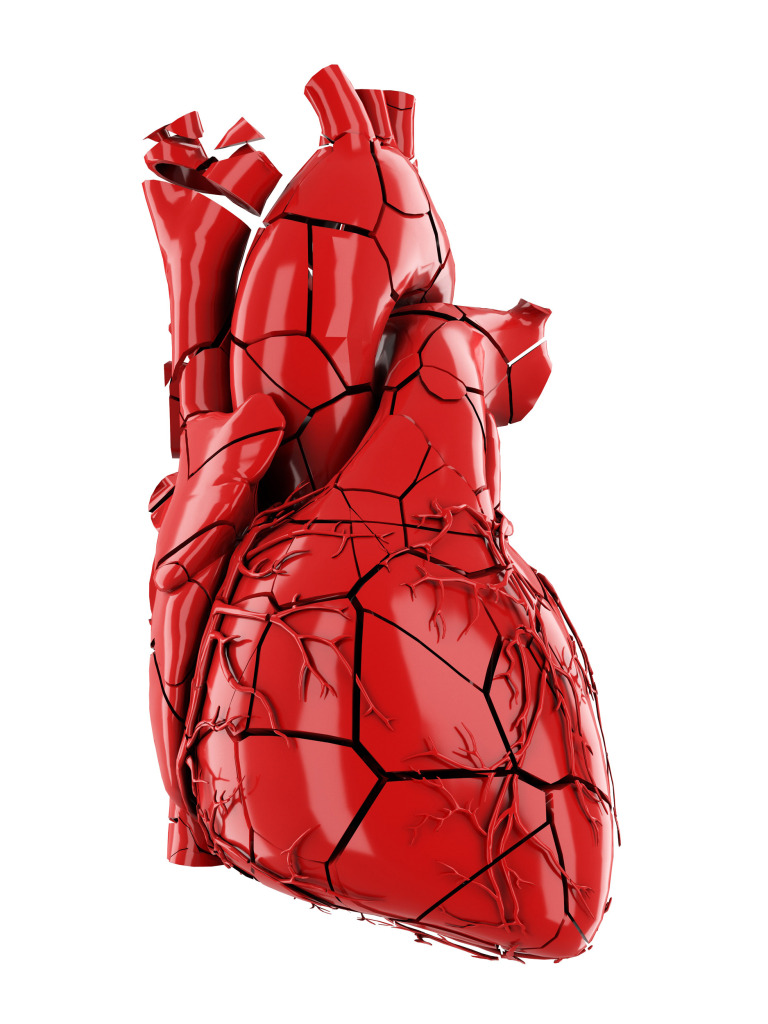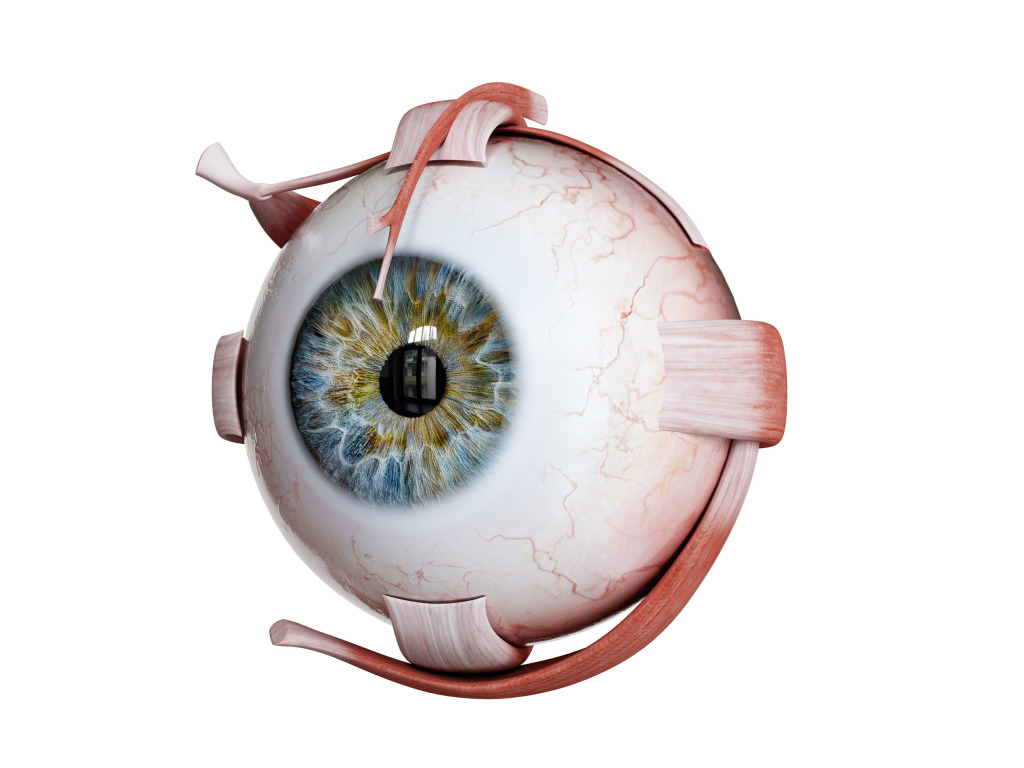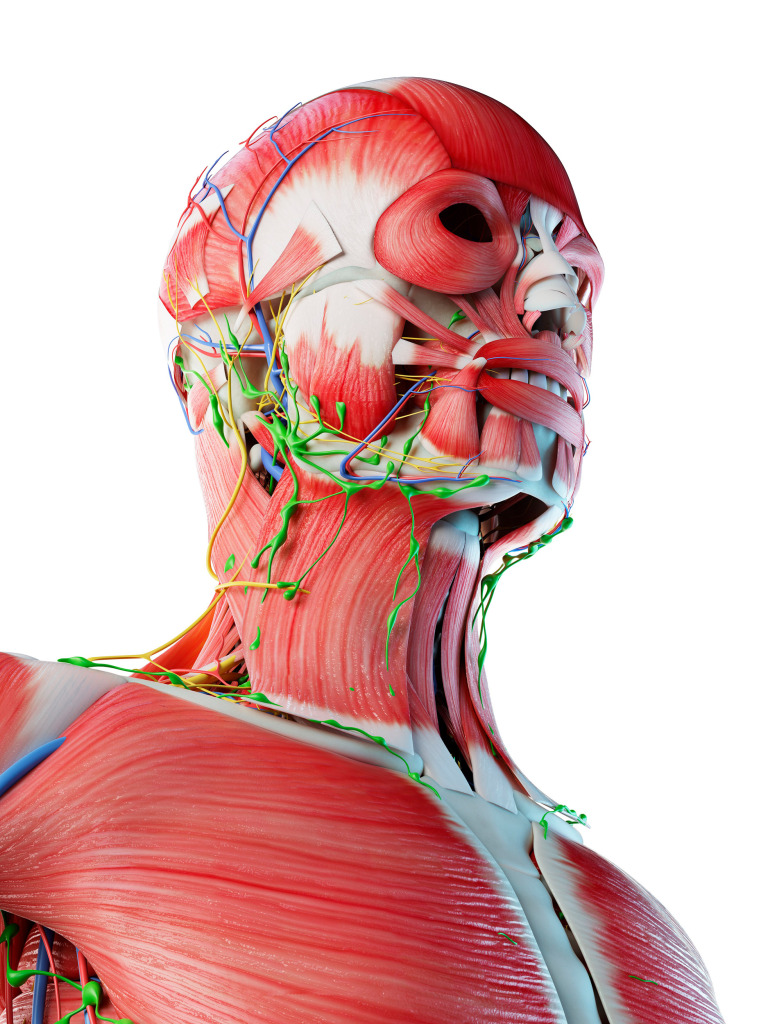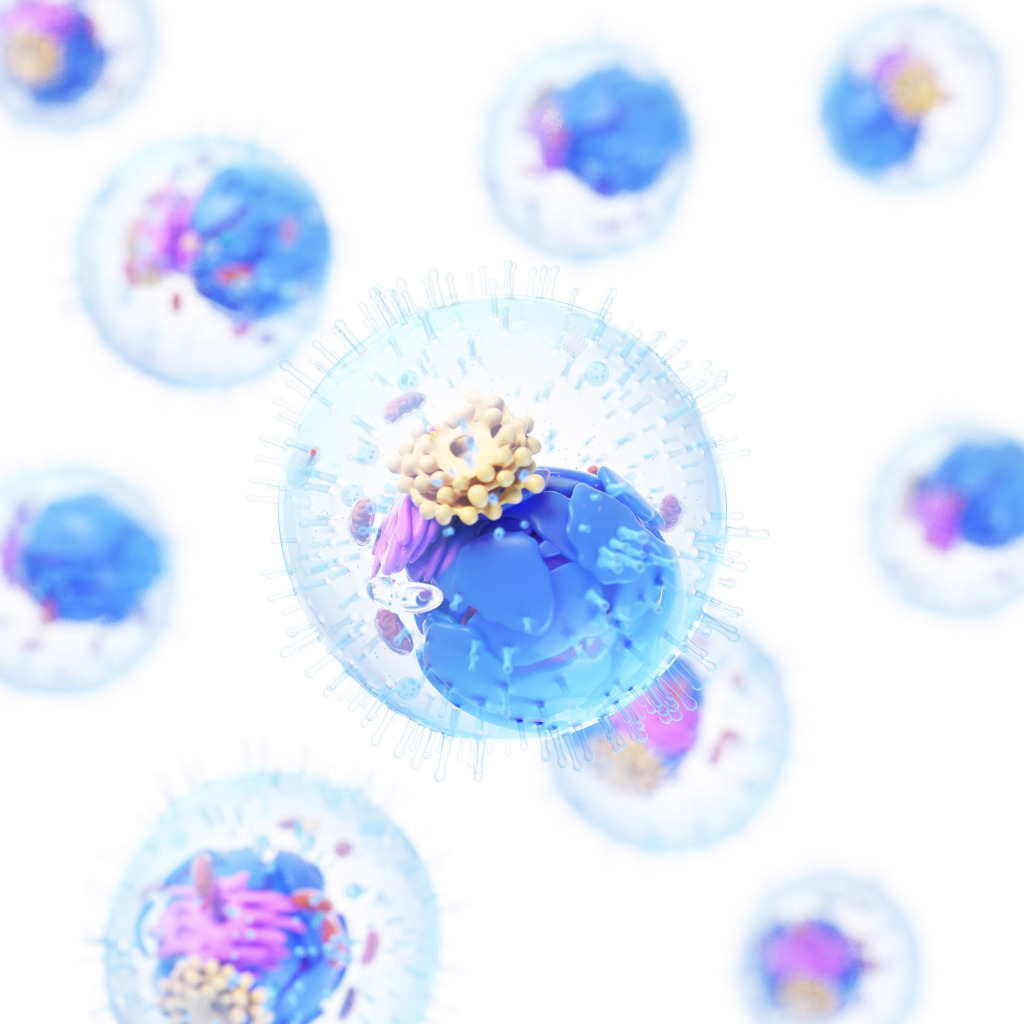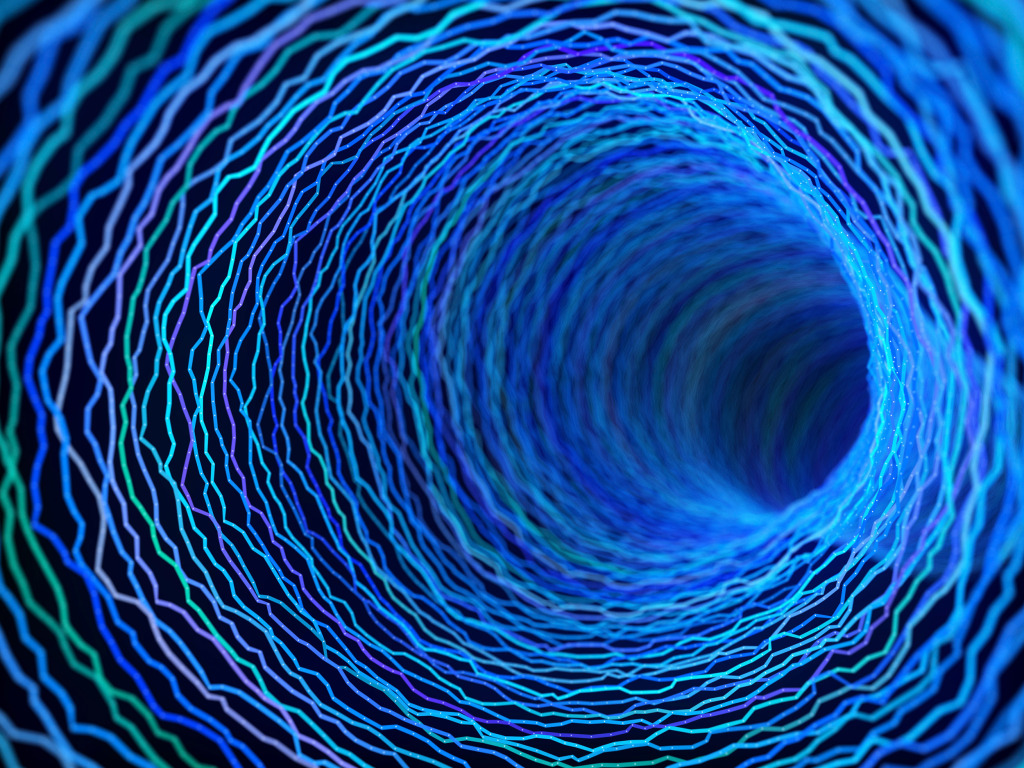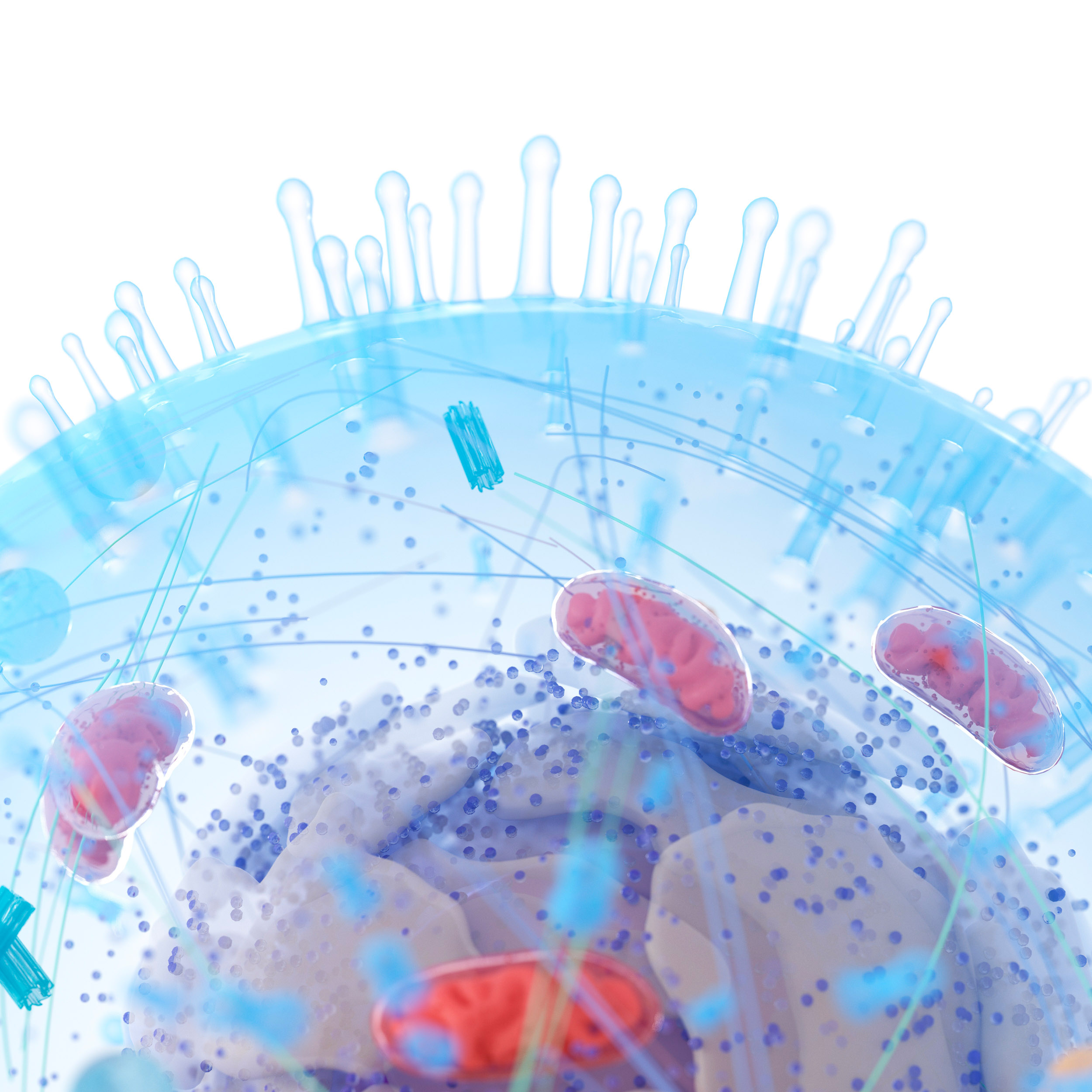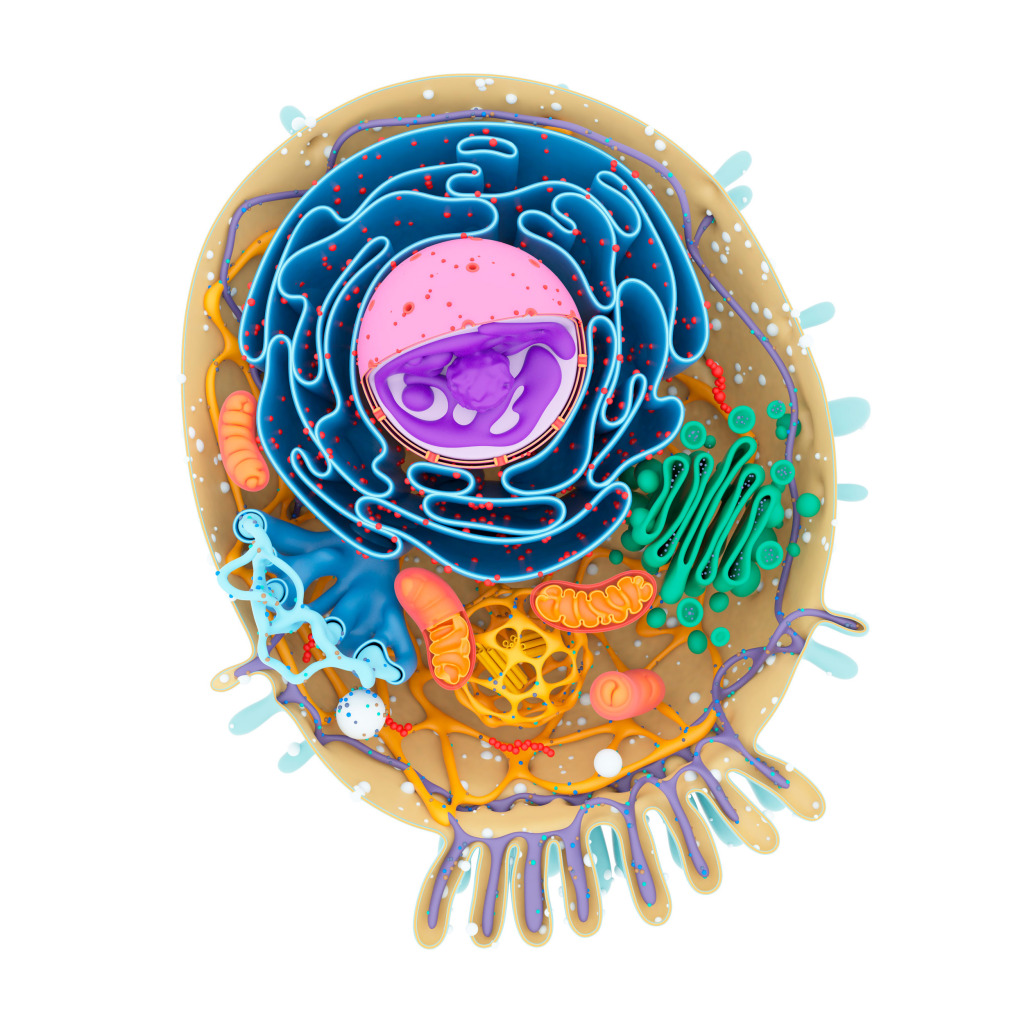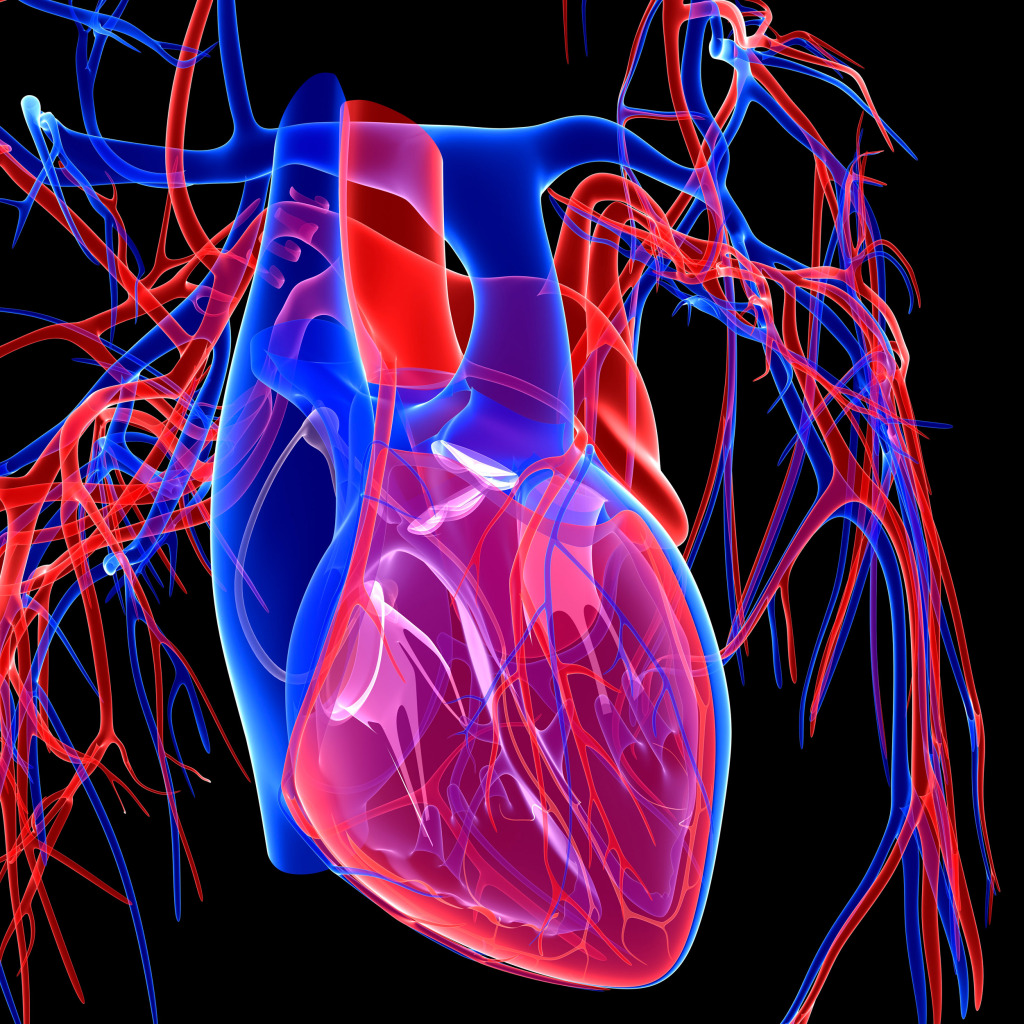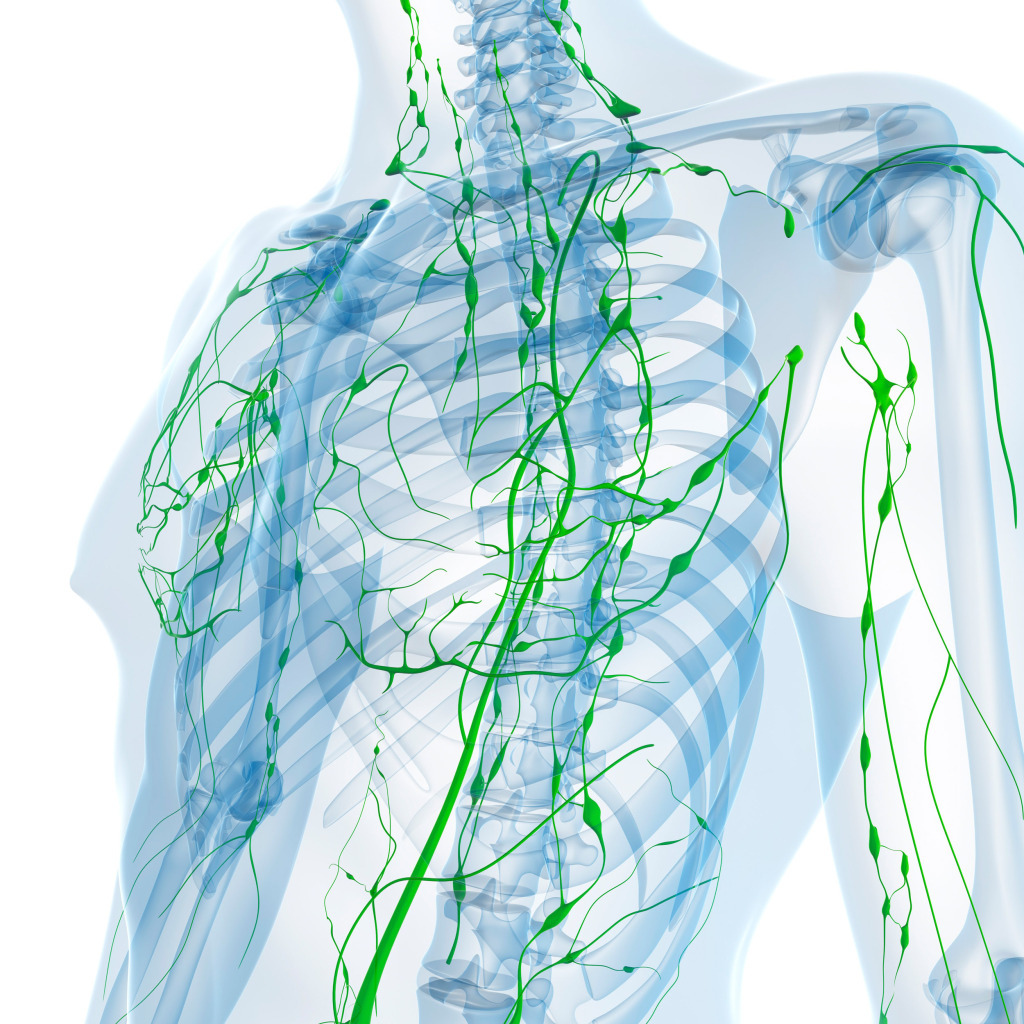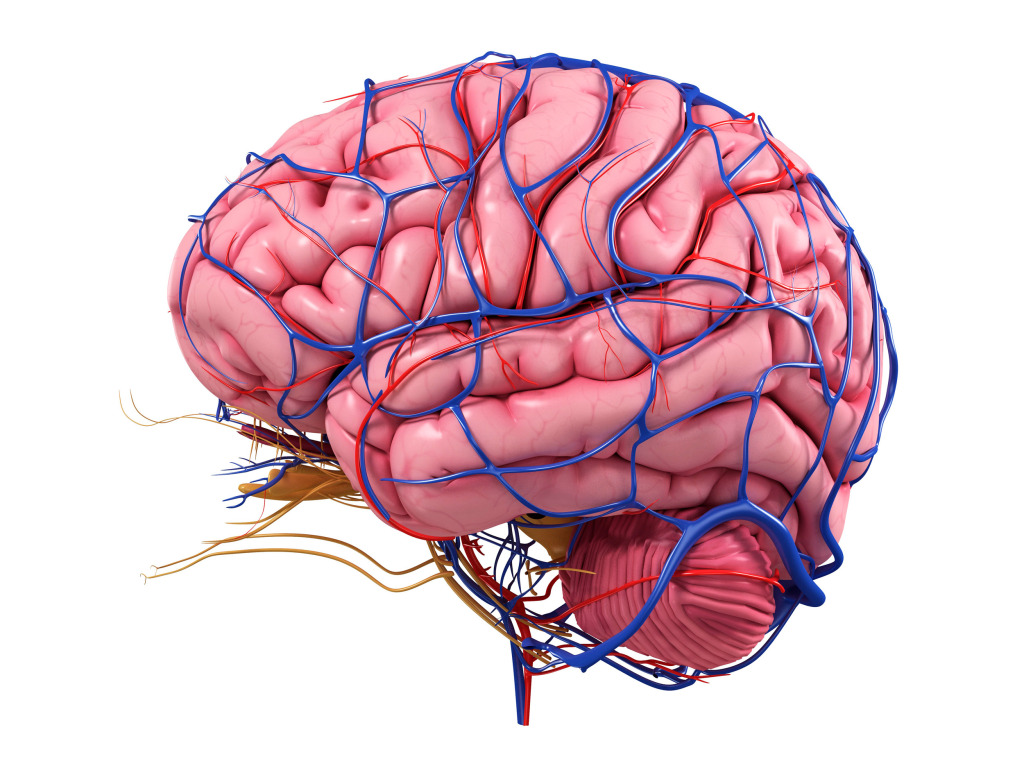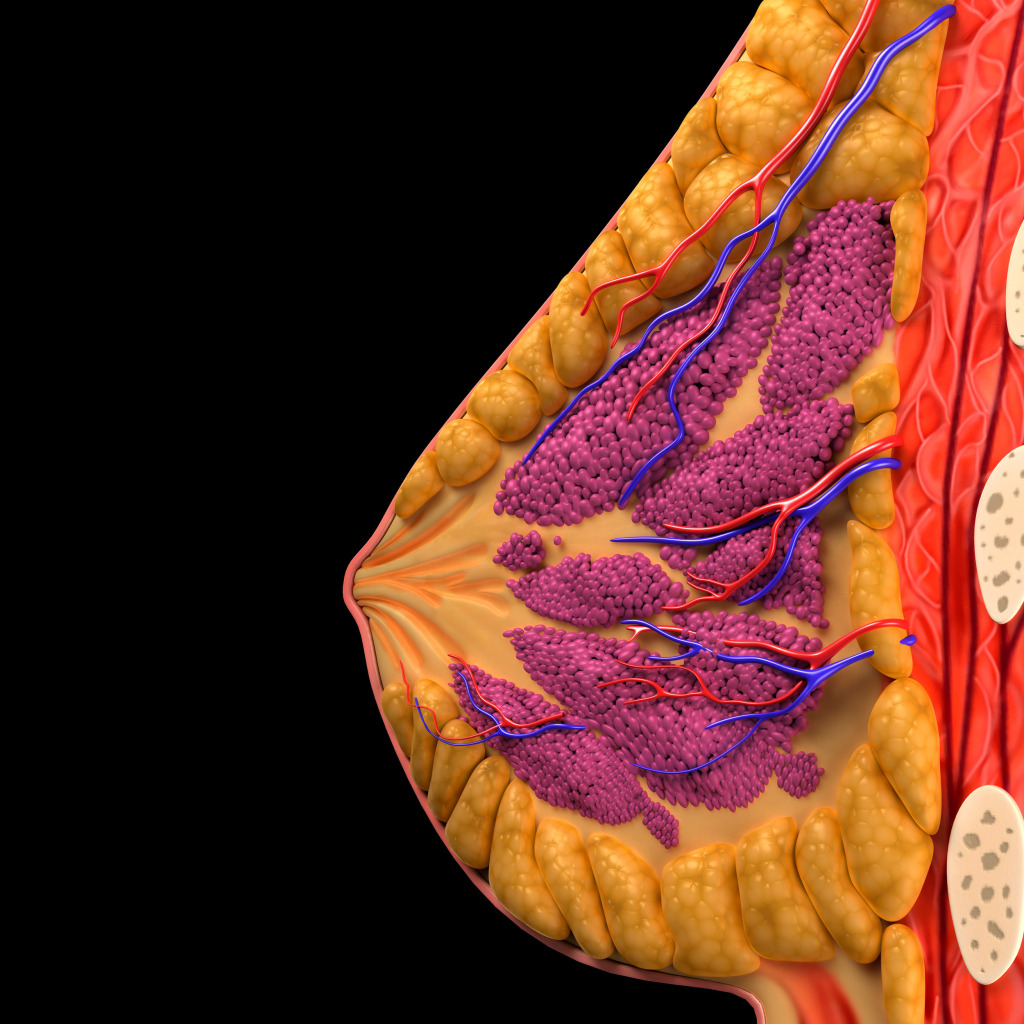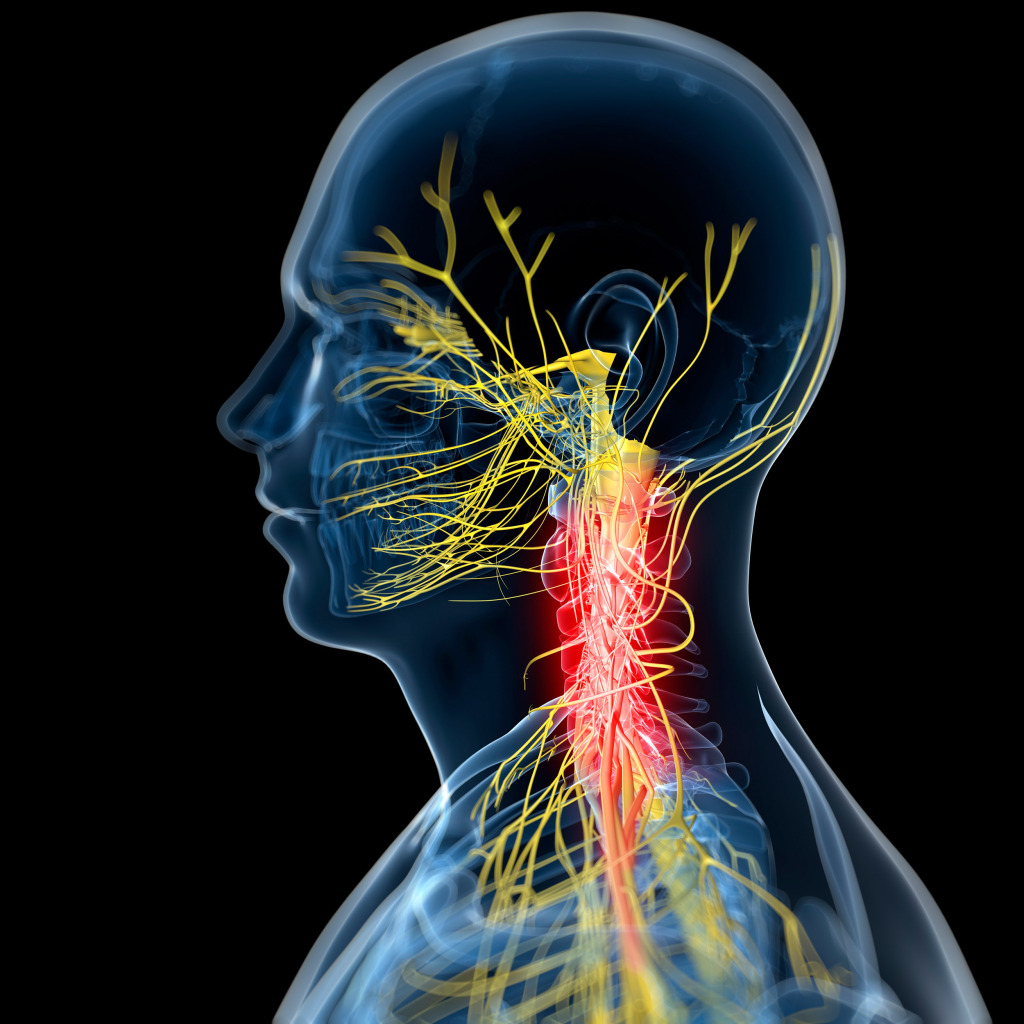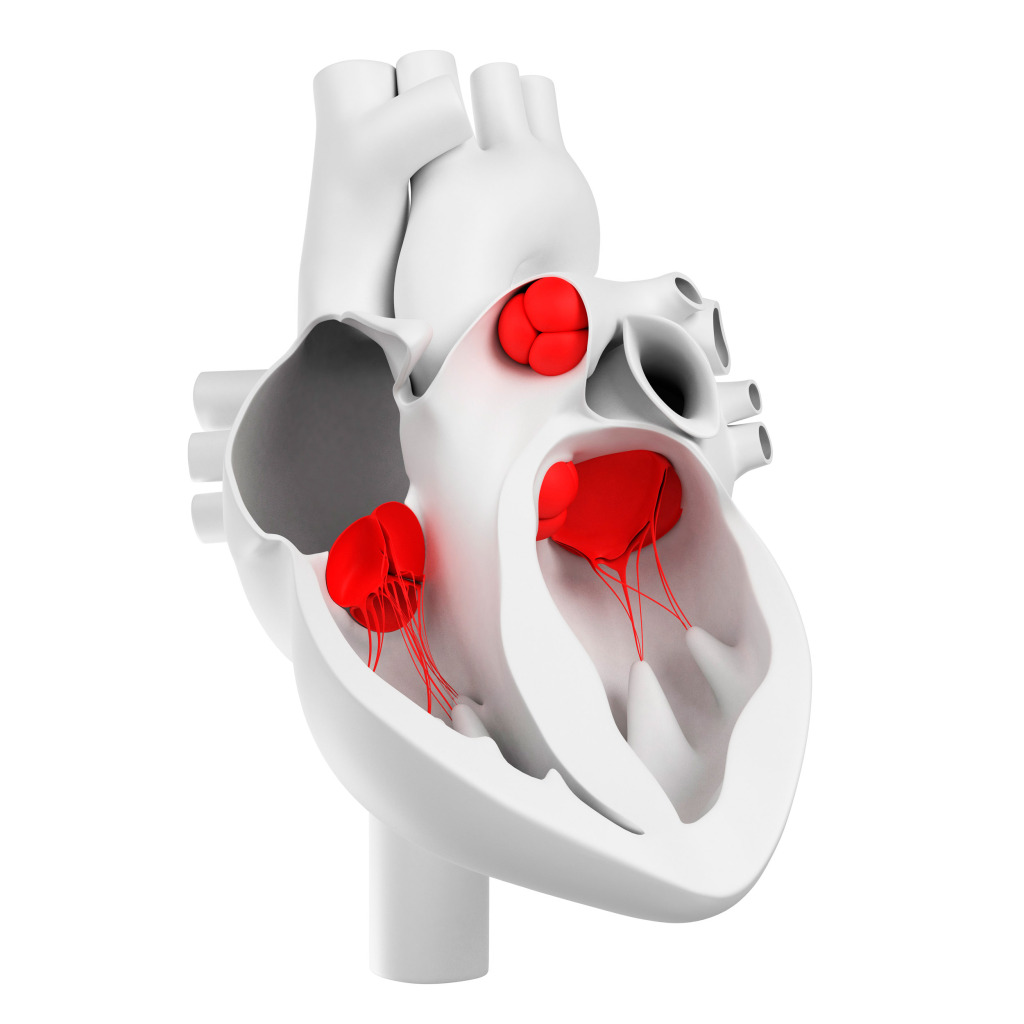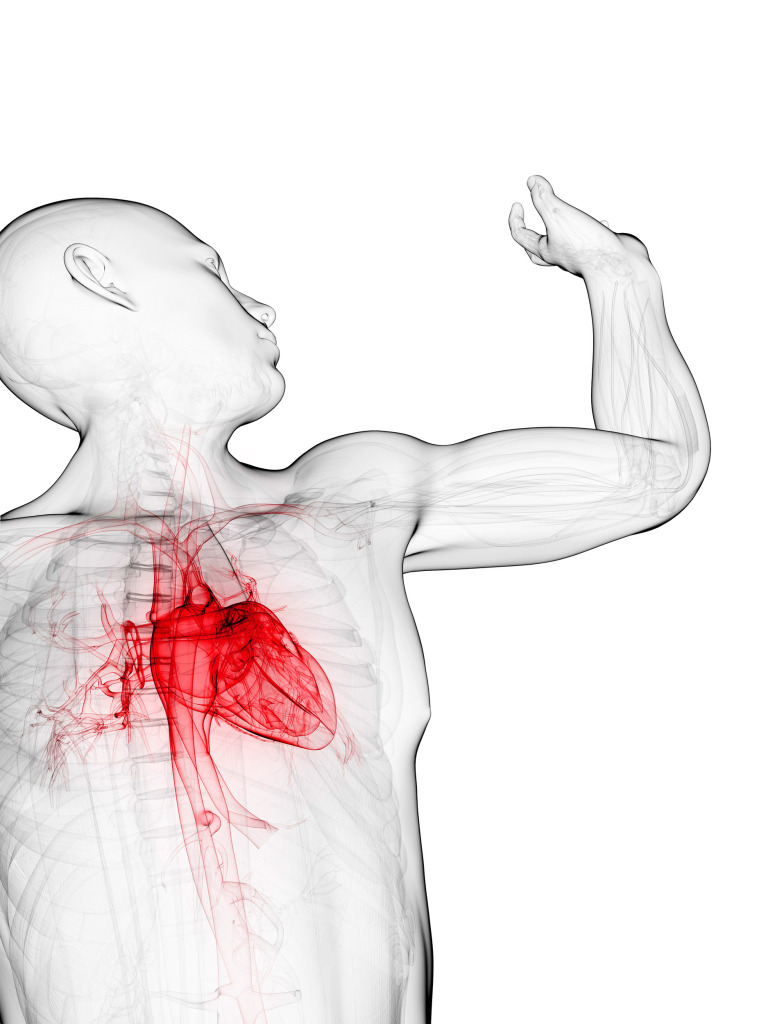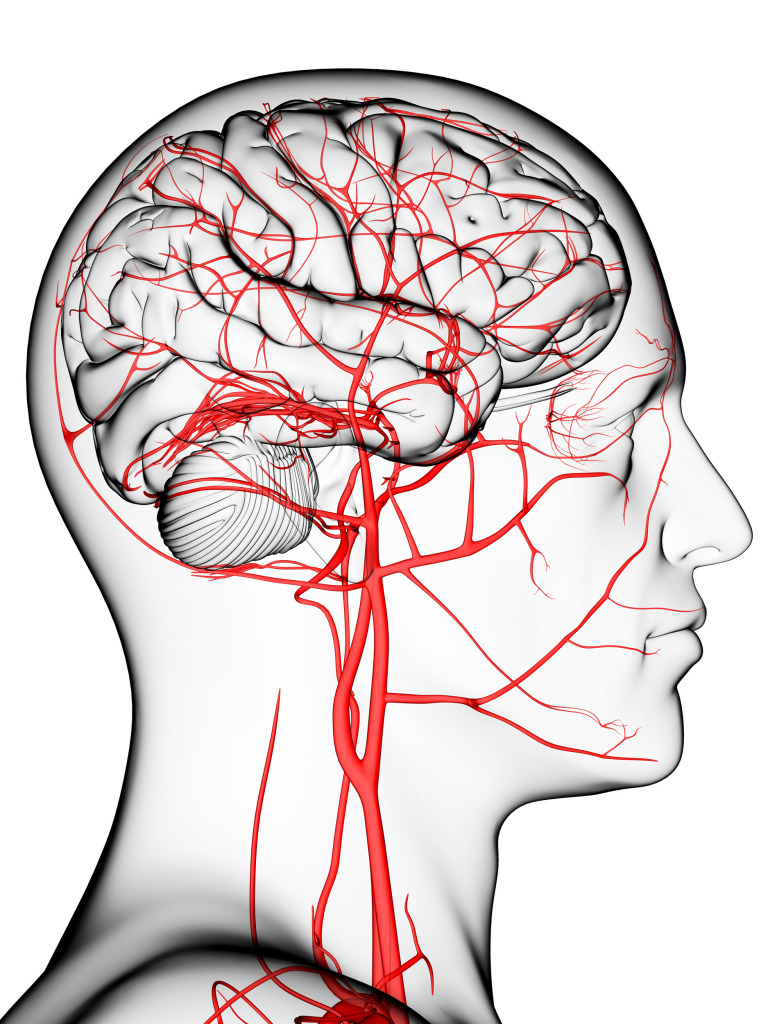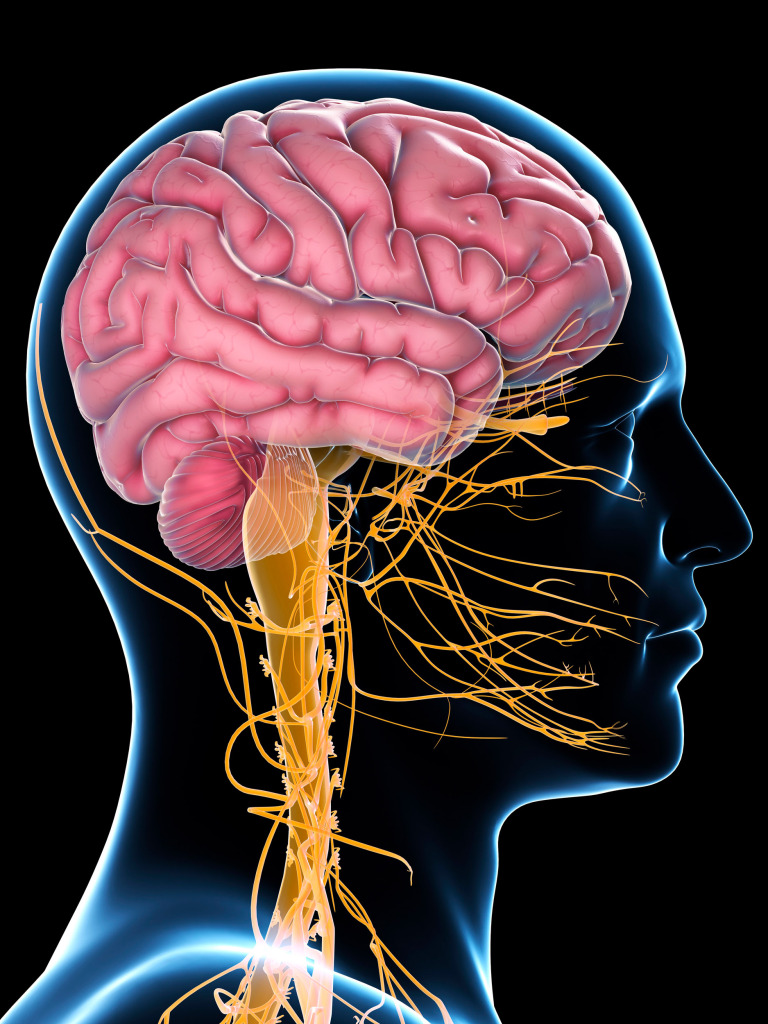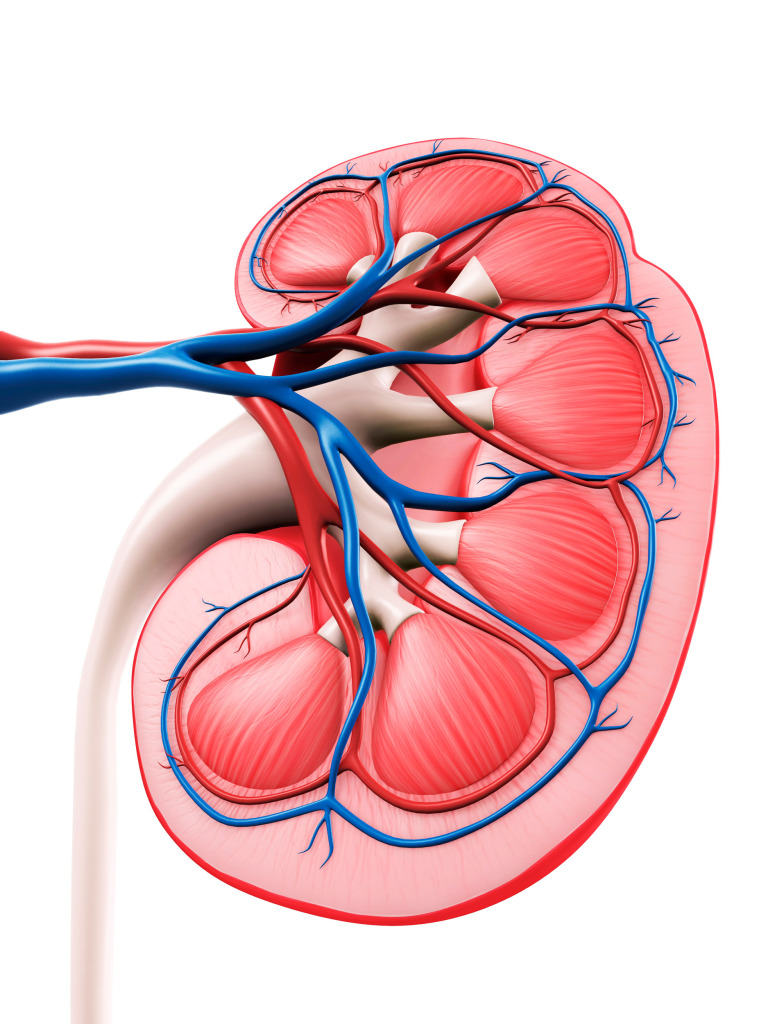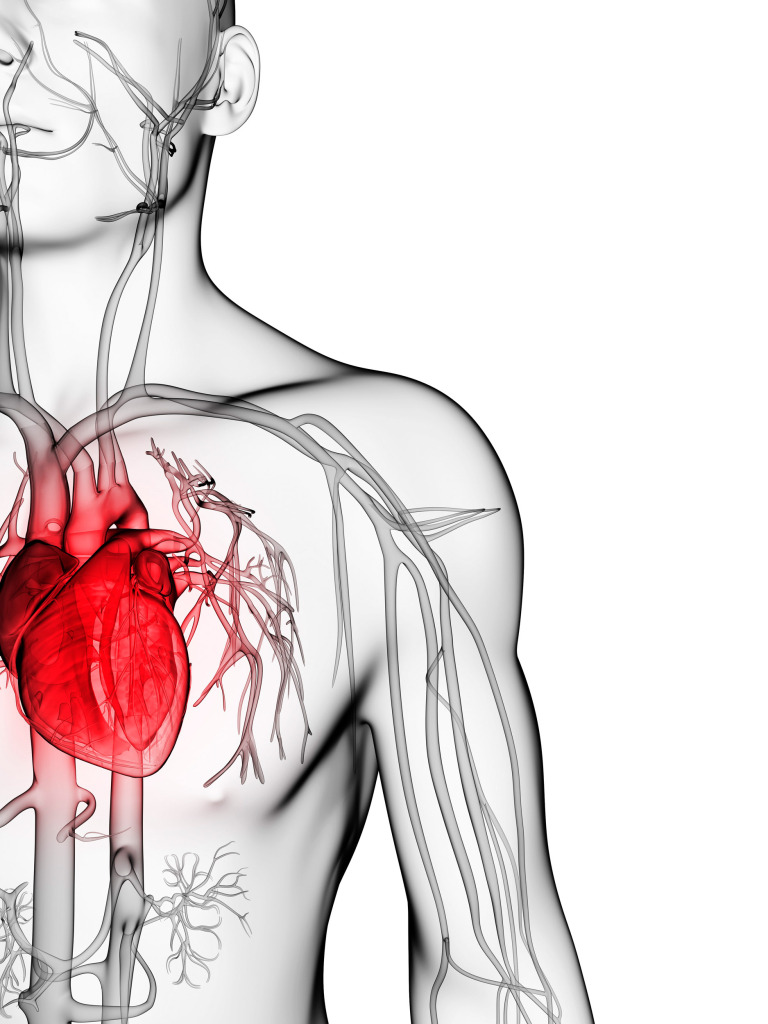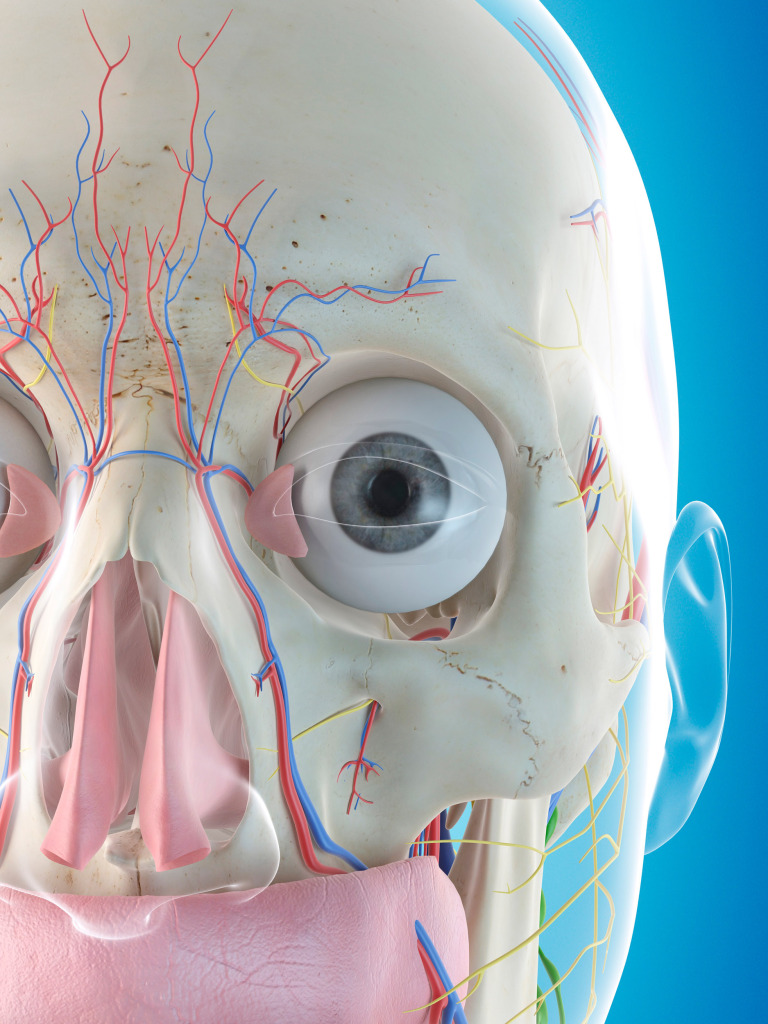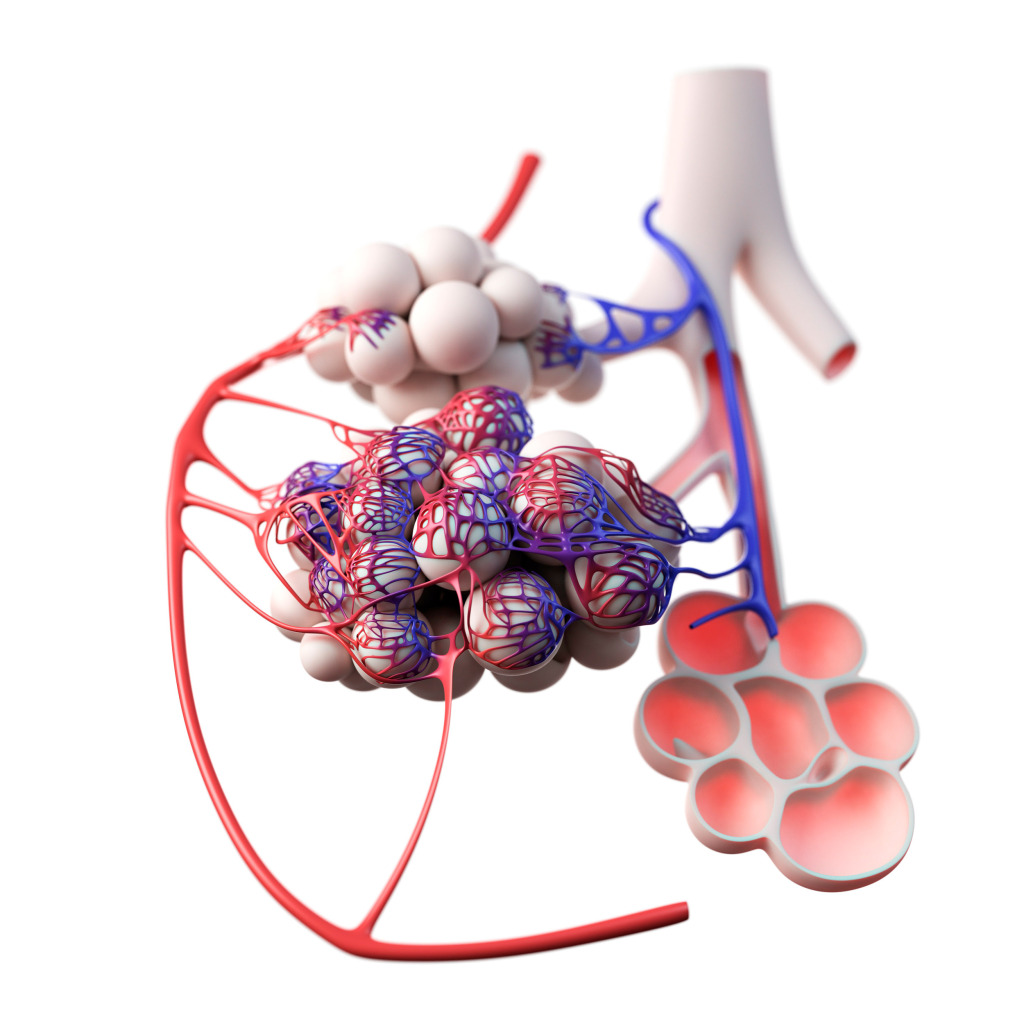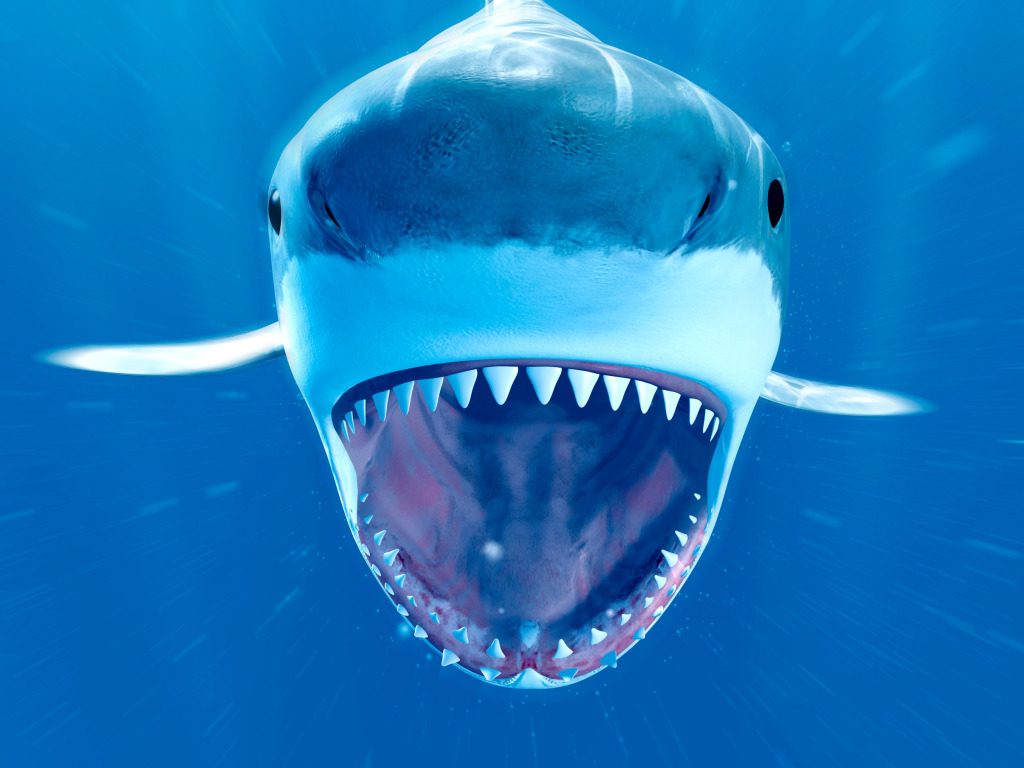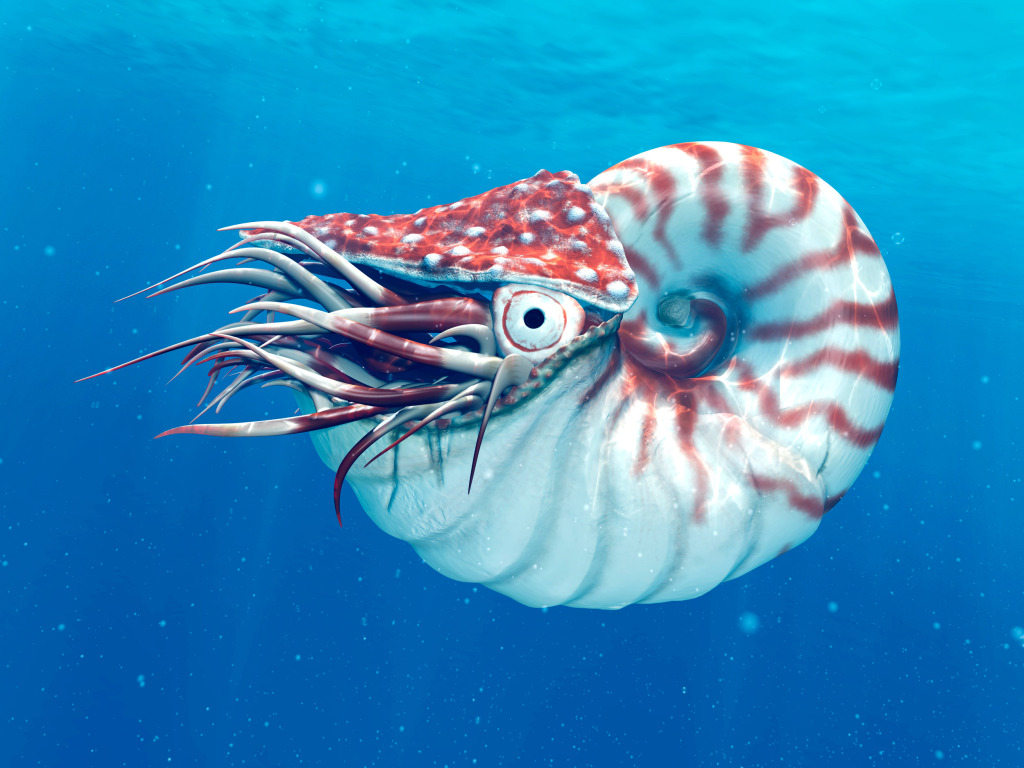Starting his career in the gaming industry, Sebastian found his real passion in human anatomy. The body of work he has created is comprehensive, detailed and visually appealing.
Sebastian Kaulitzki
Beneath the skin
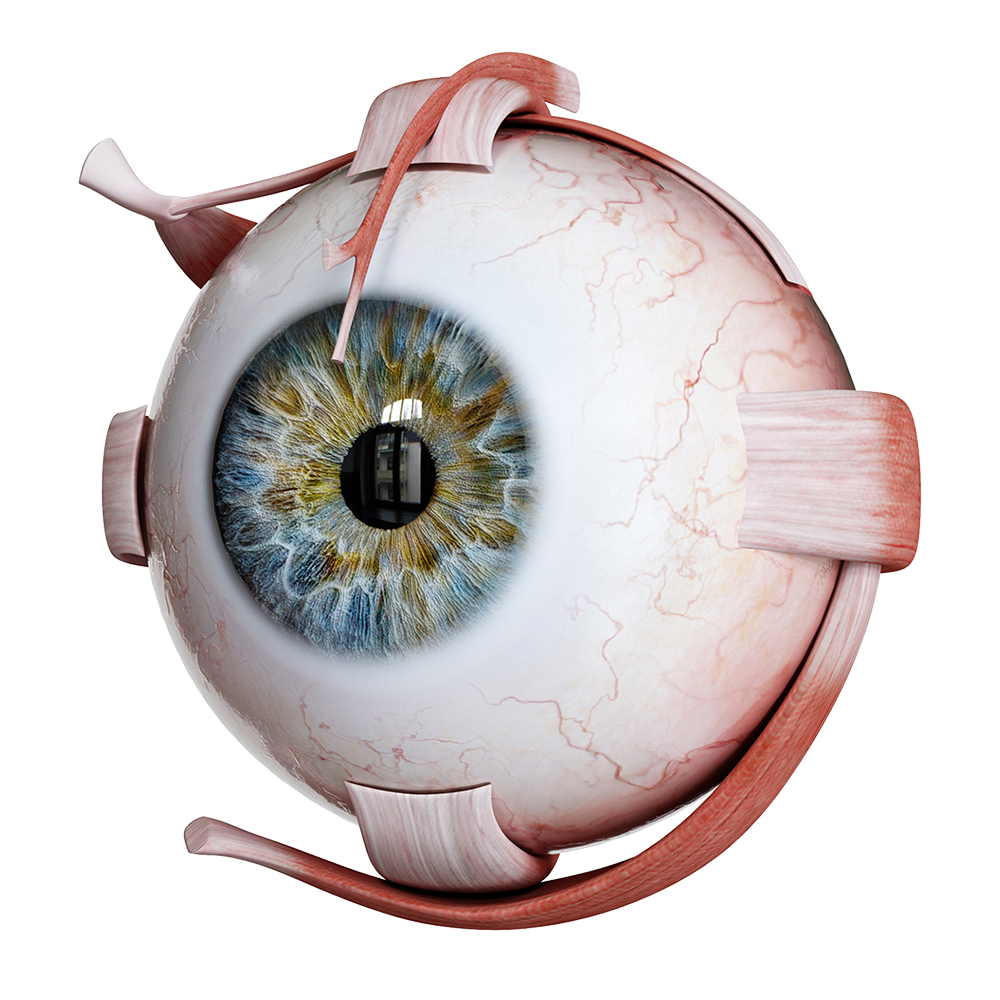
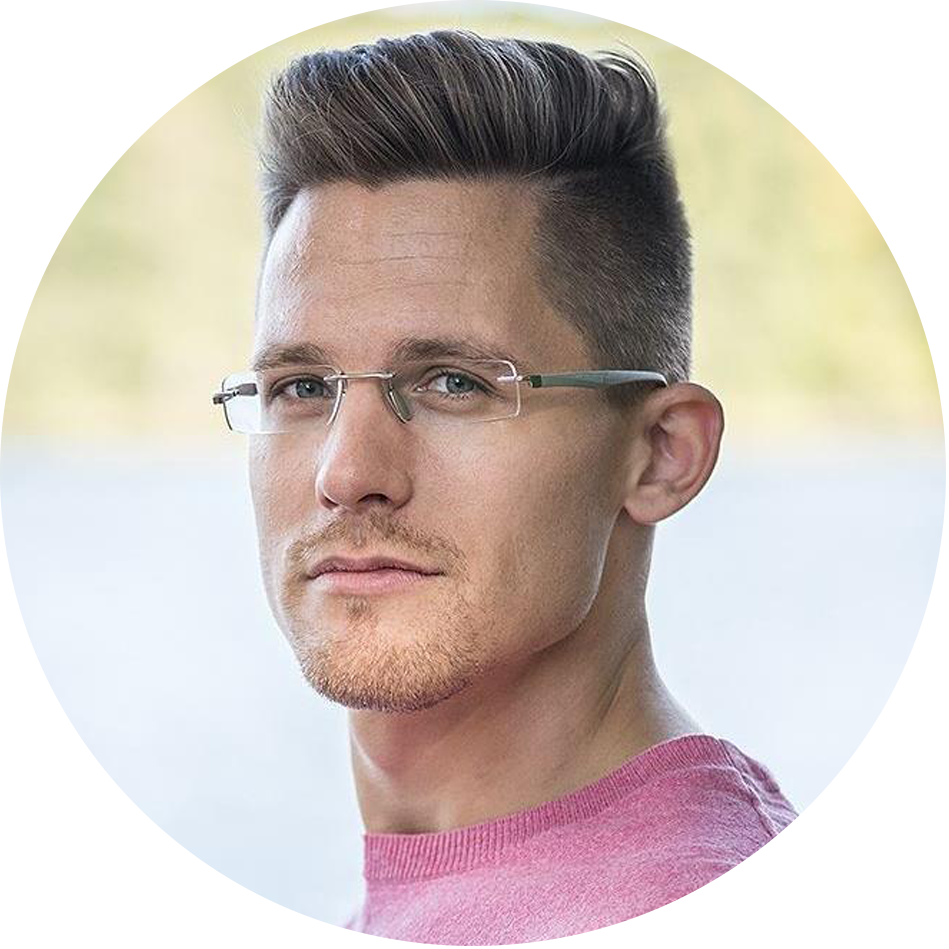
How did it all begin? When did you first realise you had a creative interest?
I first realised it at the age of 13, when I began experimenting with 3D software and Photoshop as a hobby. I had a passion for game development and animation, and eventually worked on my first commercial game as a 3D artist in 2002.
Throughout my teenage years, I continued to work as a freelancer for various game projects while also attending art school to further develop my traditional and digital art skills. After graduating in 2005, I decided to start my own business in Berlin, but unfortunately it didn’t work out. I then found a job at a game development studio in Berlin, where I discovered stock agencies and began creating 3D rendered illustrations.
Eventually, my stock earnings allowed me to quit my job and work as a full-time stock artist, and in 2012, I discovered Science Photo Library and started selling my work there as well.
What drew you to computer illustration and the biological sciences, specifically anatomy?
I have always been drawn to the capabilities of computers, particularly in 3D modelling and animation. When I first started selling my illustrations, I wanted to create something that photographers couldn’t replicate. That’s when I decided to focus on space, biology and human anatomy.
I found a particular interest in human anatomy and began studying it extensively, reading major anatomy books and creating my first human anatomy model. As a side effect, I became a hypochondriac for a while, but I’ve heard this is a common experience among medical students as well.
How did you acquire the knowledge to create this specialised imagery?
I initially read many anatomy books and conducted extensive online research. Additionally, while working with clients who typically had a medical background, I gained a lot of experience.
Nowadays, I have medical experts on my team that help with the development of our 3D models and images.
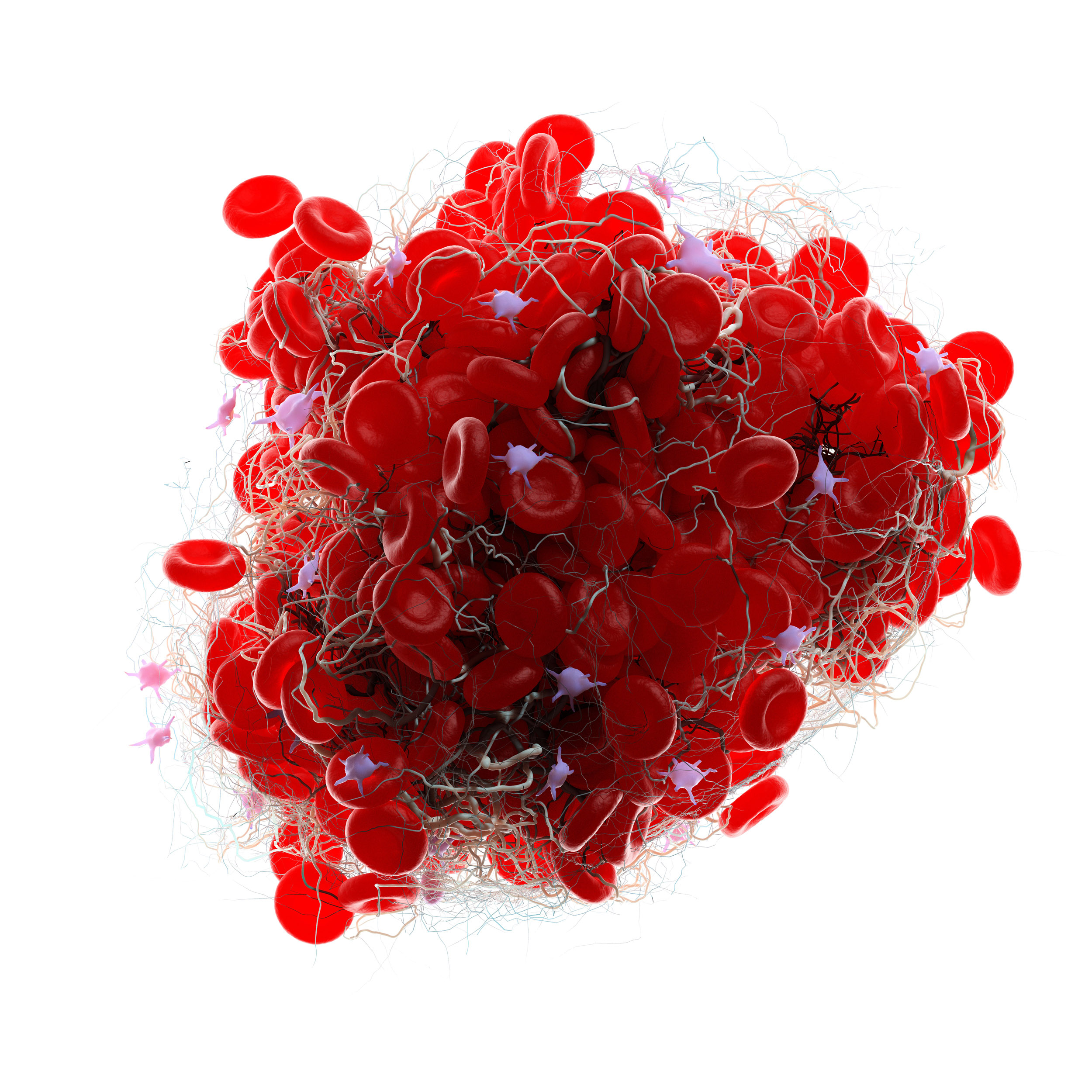
How challenging and time-consuming is the process of creating specialised imagery?
Creating the first 3D model of the human anatomy was a challenging and time-consuming process when I first began. However, once it was completed, it became much easier to create illustrations based on it.
Over the years, the process has become more complex as I strive to make the images anatomically accurate and of high quality.
I no longer create 3D models myself as it is a very time-consuming task and I prefer to focus on other aspects of the creative process.
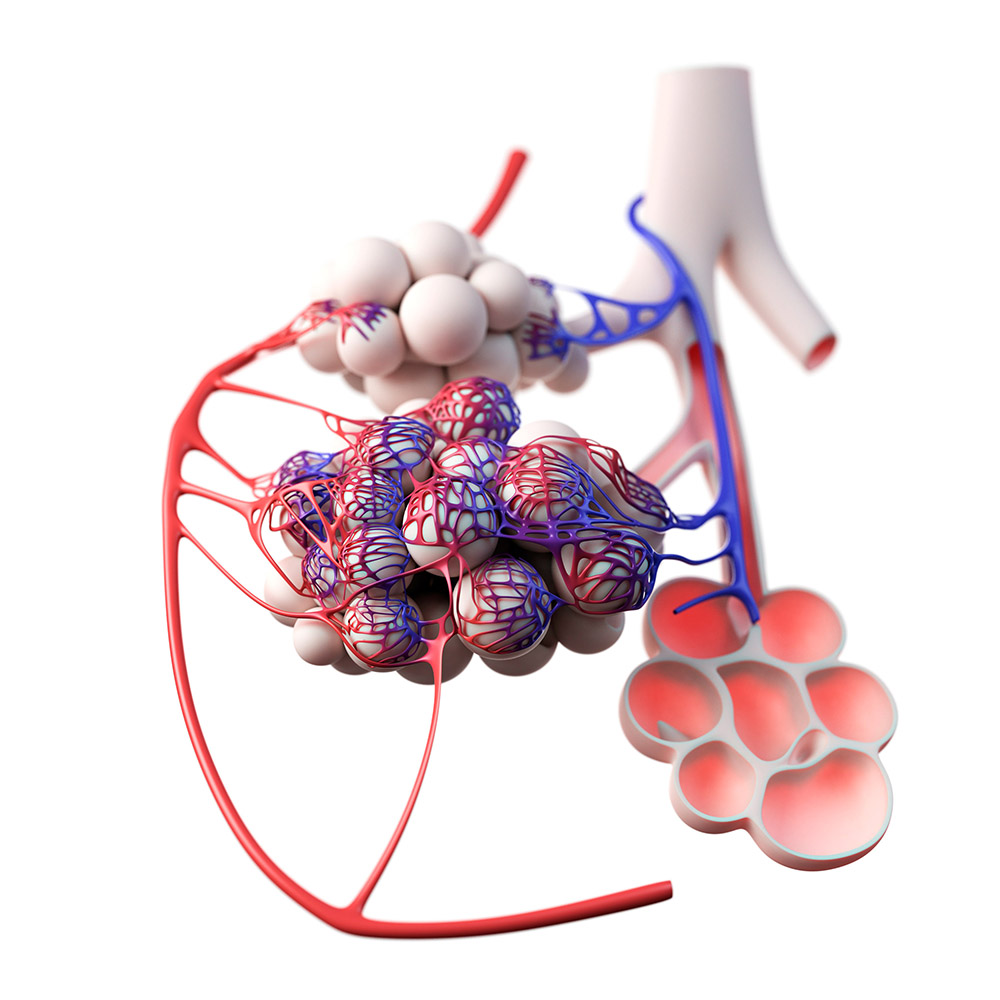

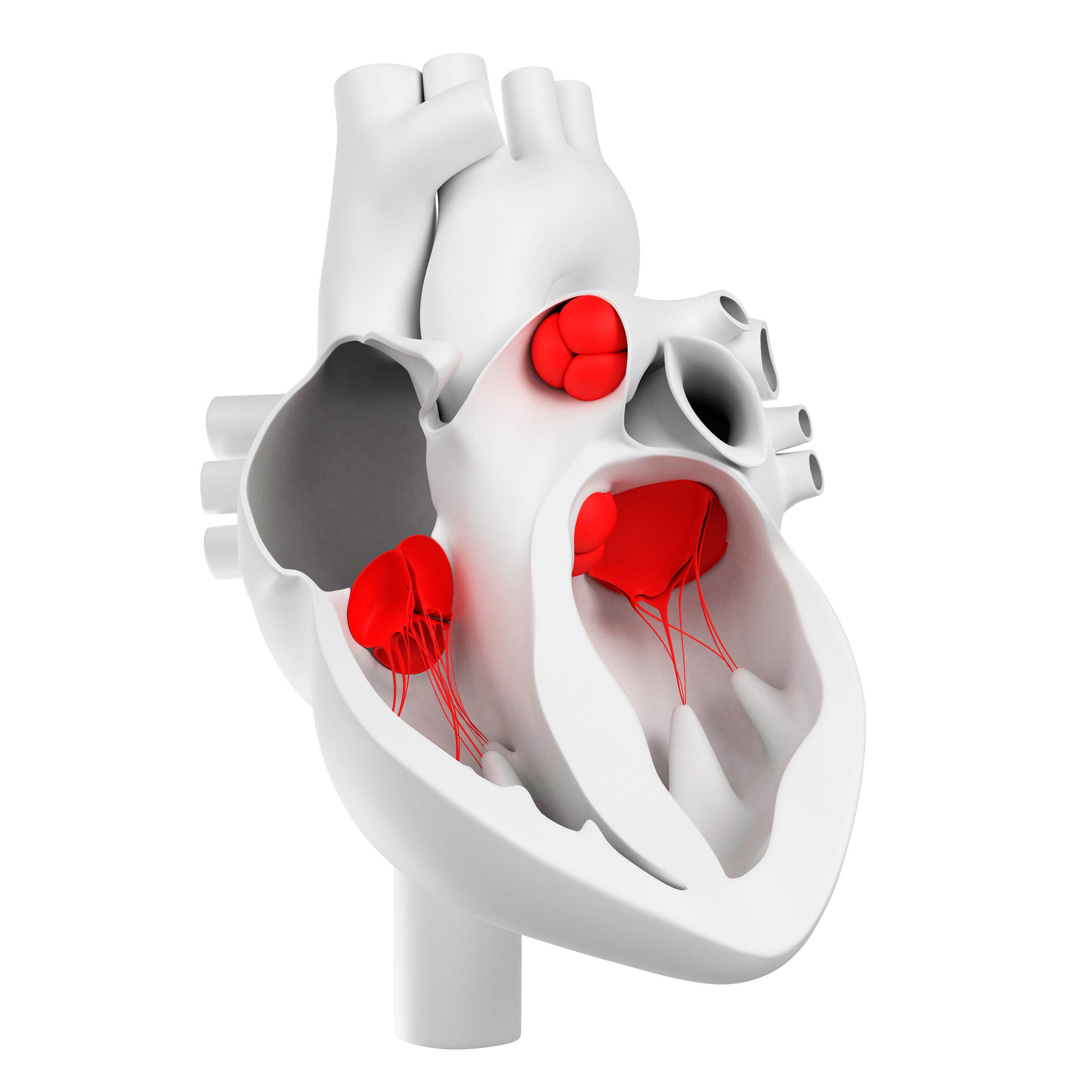
You also produce animations. What challenges do you encounter?
One of the main challenges is animating complex models, particularly in the field of human anatomy. It often requires finding workarounds or ways to achieve a desired effect. Additionally, there is often a significant amount of post-production required.
Another major challenge is the rendering time. Even with access to a powerful render farm, some animations can still take a long time to render, especially in high resolution formats such as 4K.
I always have to find the right balance between quality and render time per frame to meet the clients’ needs.
Where do you find inspiration to illustrate your ideas?
I often find inspiration through online research and staying up to date with the latest developments in the field of science.
However, when it comes to science subjects, the ideas tend to be straightforward.
The real challenge is in the execution, which requires creativity in the way the idea is presented.
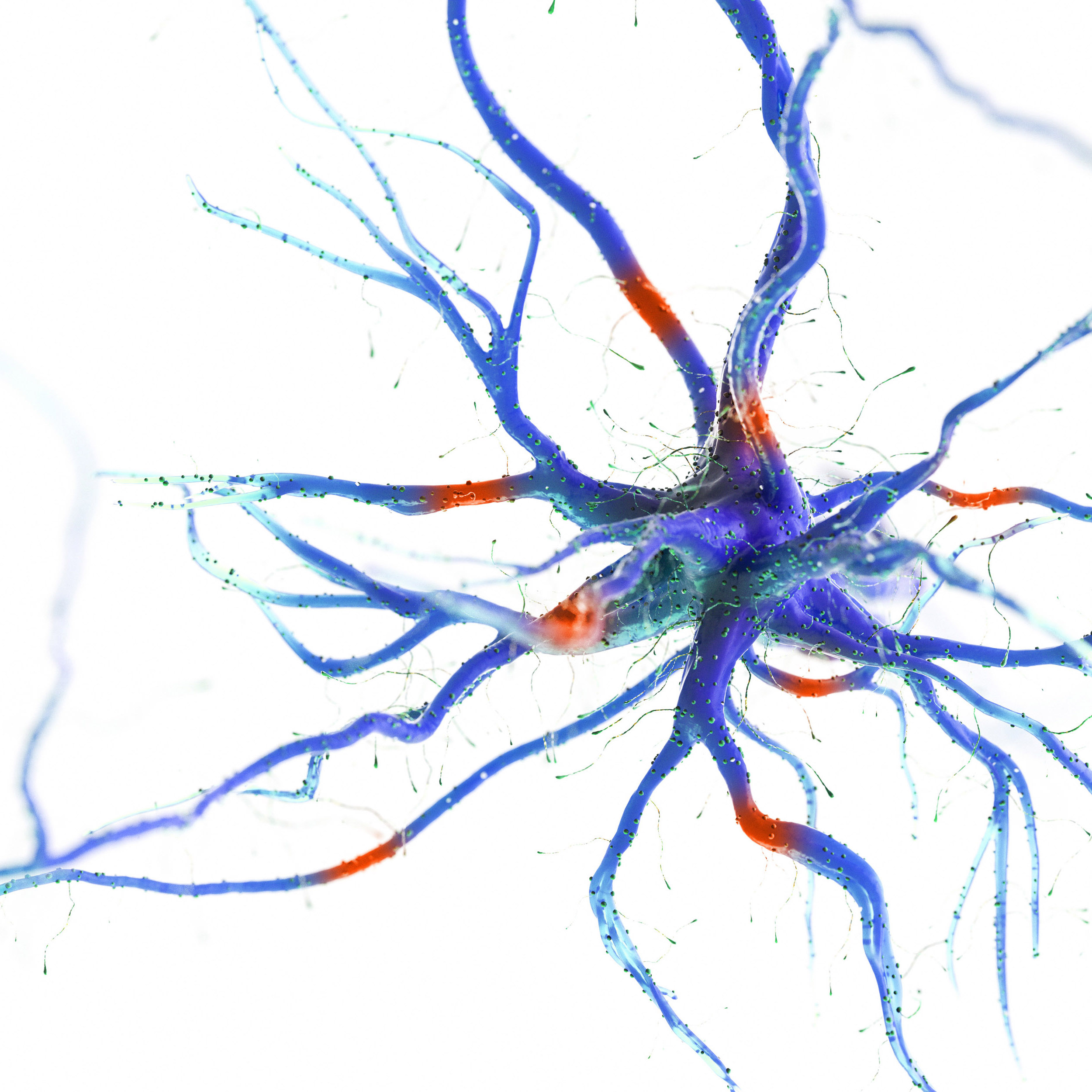
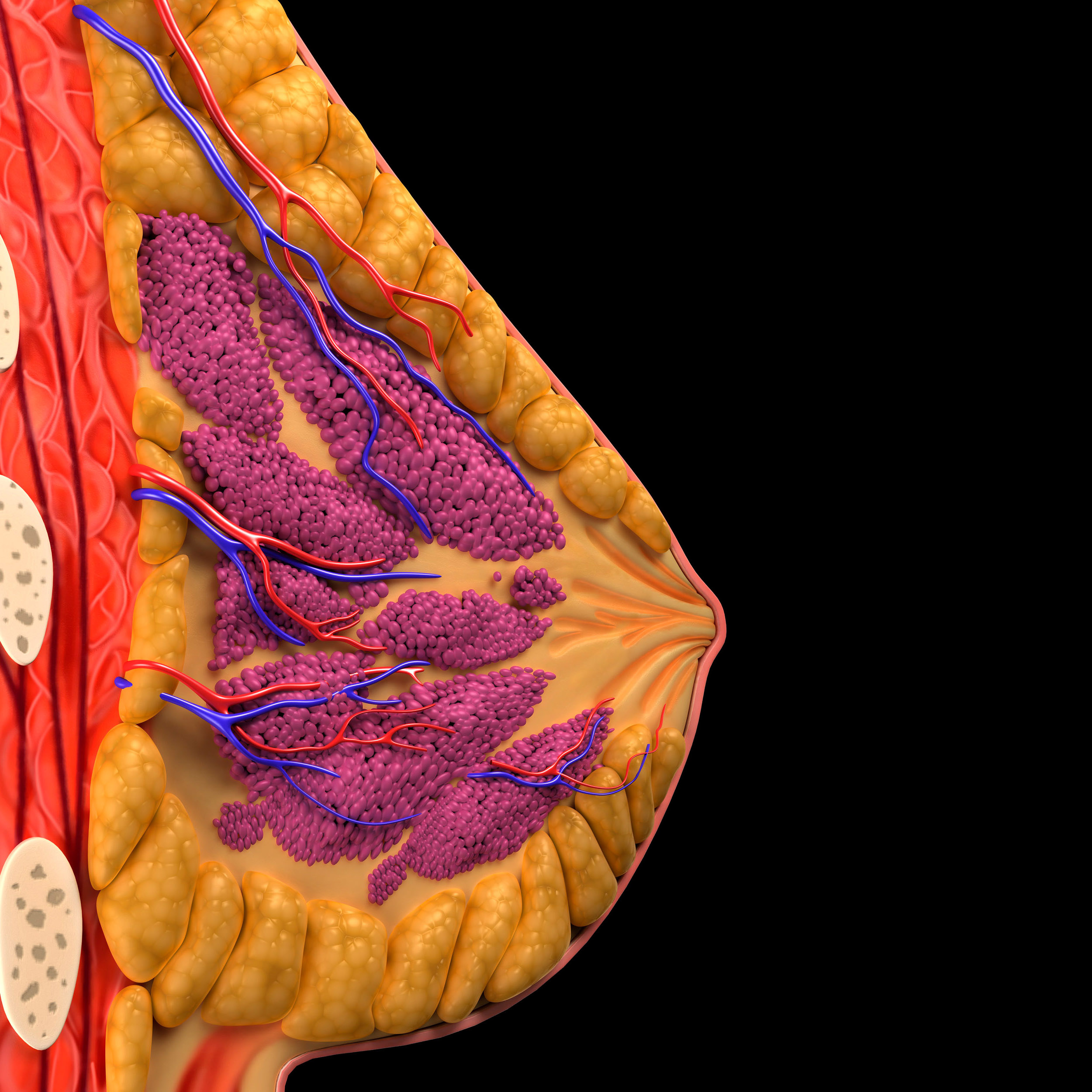
Who are your artistic influences?
It’s hard for me to point out specific artistic influences as I believe that many different things and people can influence my work.
However, I do have a great admiration for the work of Frank Netter, who is a well-known illustrator in the field of human anatomy. I find his illustrations to be very clear and informative, and I believe that his work has had an impact on my own illustrations.
When was the first time you realised your work was well received?
When I joined my first stock agency in 2006. My application was accepted and I had 11 sales on the first day and over 200 sales within the first week, all from just 10 images.
I was surprised and thrilled by the response, which was a major motivation for me to continue creating images, even if it meant sacrificing sleep.
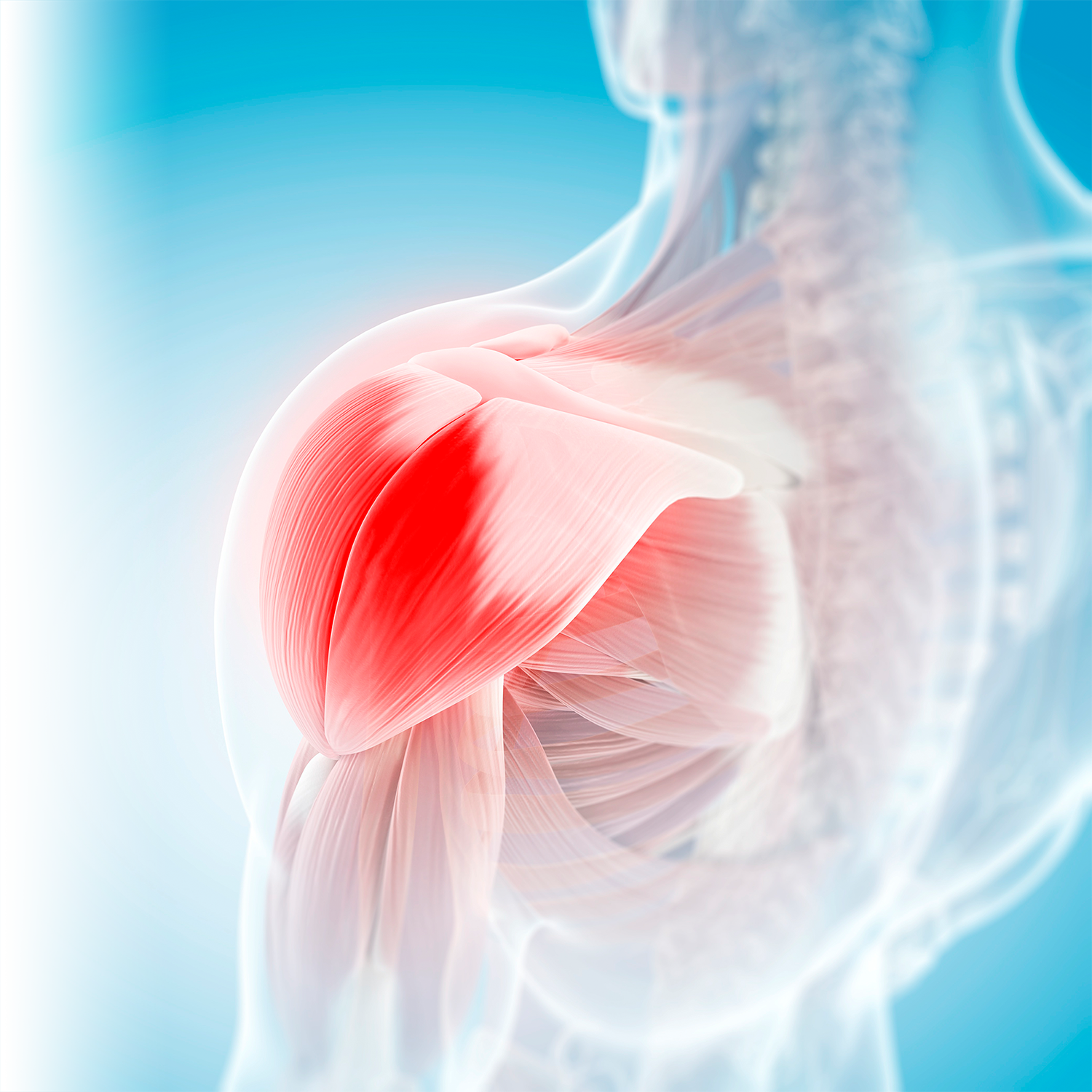
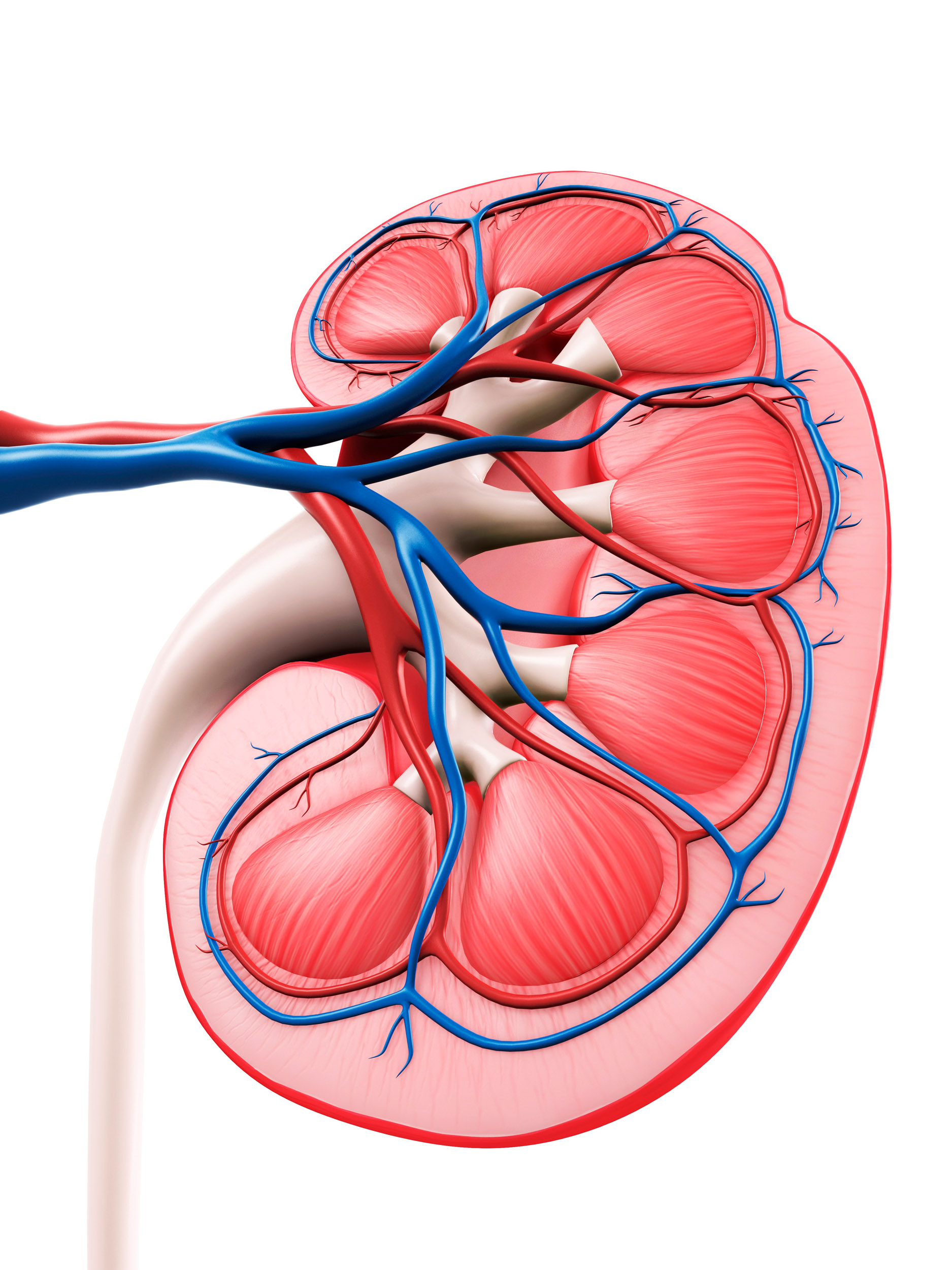
Your work is mostly commission-based. What sort of clients do you work with, and is it a productive market?
Yes, most of the time my team and I work on client projects. We have recently worked with clients such as Medtronic, Johnson & Johnson, Novartis and many others that typically work in the medical field.
It’s been great to work with these clients and learn about new products and advances in science. Additionally, I have learned a lot from my clients early on because they provide specific feedback on my work, which is valuable and not always available when producing stock images or animations.
Overall, I find the commission-based market to be productive and rewarding.
Looking into the future, how do you see technological developments affecting your work, in particular, the recent and rapid development of AI?
It’s hard to predict how technological developments, particularly AI, will affect my work in the future. I have read that Getty Images is suing multiple AI companies and others are doing the same. It will be an interesting case and will have a lot of impact on the future.
I have experimented with various AI-based tools such as Midjourney and DALL-E, and while they can be used to create some stunning images, it’s easy to spot images generated by AI among others. I believe there is a future for these kinds of technologies, but the legal issues need to be resolved, and companies need to find ways to cooperate with artists rather than just taking their work from the internet.
On the other hand, as artists, we have to learn to adapt and work with these tools if possible.
Let’s ask the AI. Here´s what ChatGPT replied:
It is possible that AI-generated images could eventually replace some stock imagery, but it is likely that there will always be a need for real-life photographs as well. AI-generated images can be highly realistic, but they may lack the authenticity and emotional impact of real-life photographs. Additionally, there may be legal and ethical considerations when using AI-generated images in certain contexts. Therefore, it is likely that AI-generated images will complement rather than replace stock imagery.
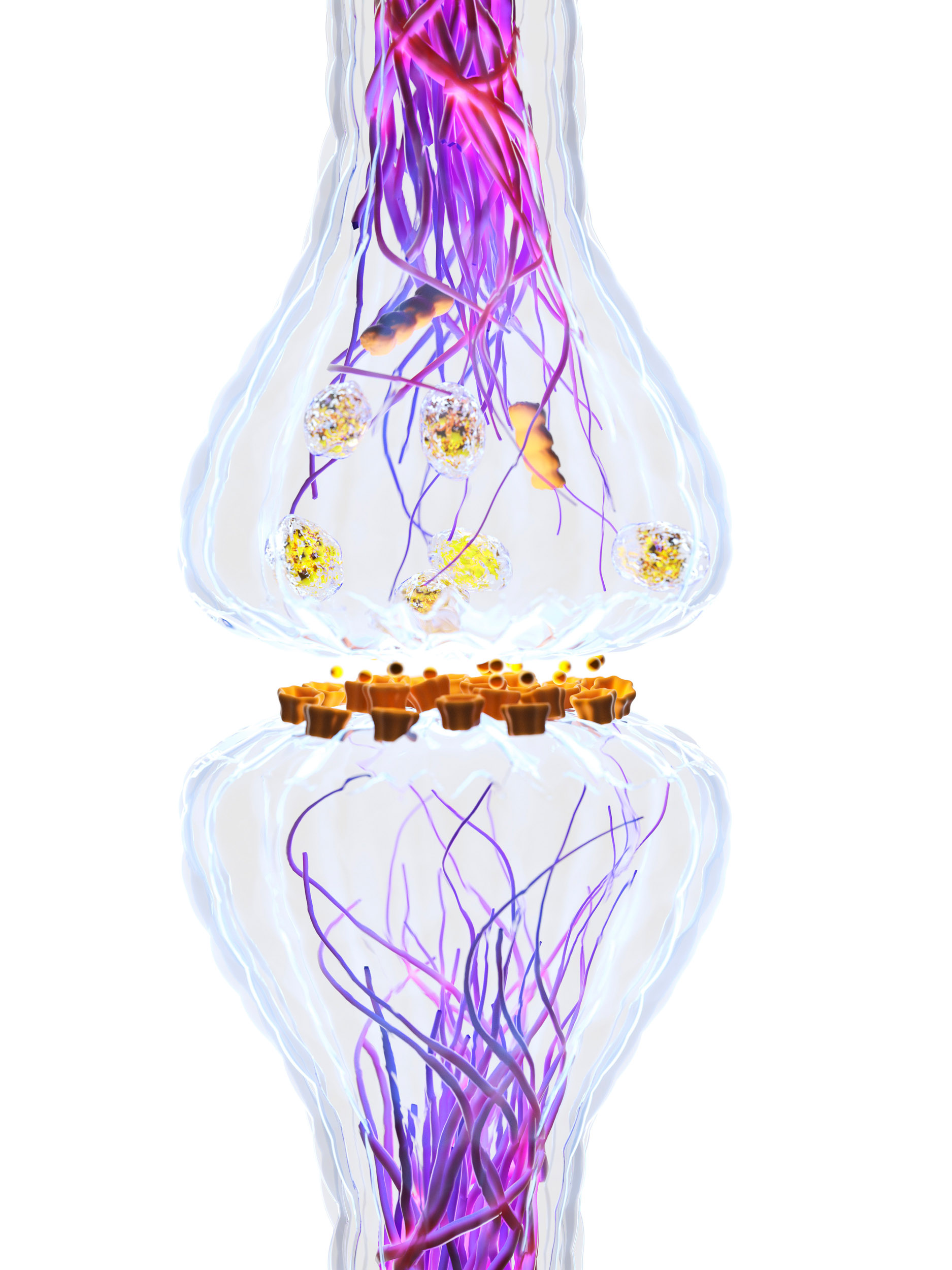

What do you think your best achievement is so far?
My 3 kids 😊.
You are currently working on a large-scale project. Are you in a position to tell us about it?
Yes, of course! In 2015, I began working on a new version of our human anatomy model. My main goal was to make it medically accurate, while also being visually and artistically appealing. To achieve this, I sought out medical experts and hired multiple anatomists, medical doctors and 3D artists, with more than 32 people involved in the project.
We are currently in the process of completing the project and soon we will start to offer the 3D model for licensing. We will also use it to create future illustrations and animations, and it has already been used for some client projects.
I never imagined that this project would take so long to complete, but I am very happy and proud that we were able to accomplish it.
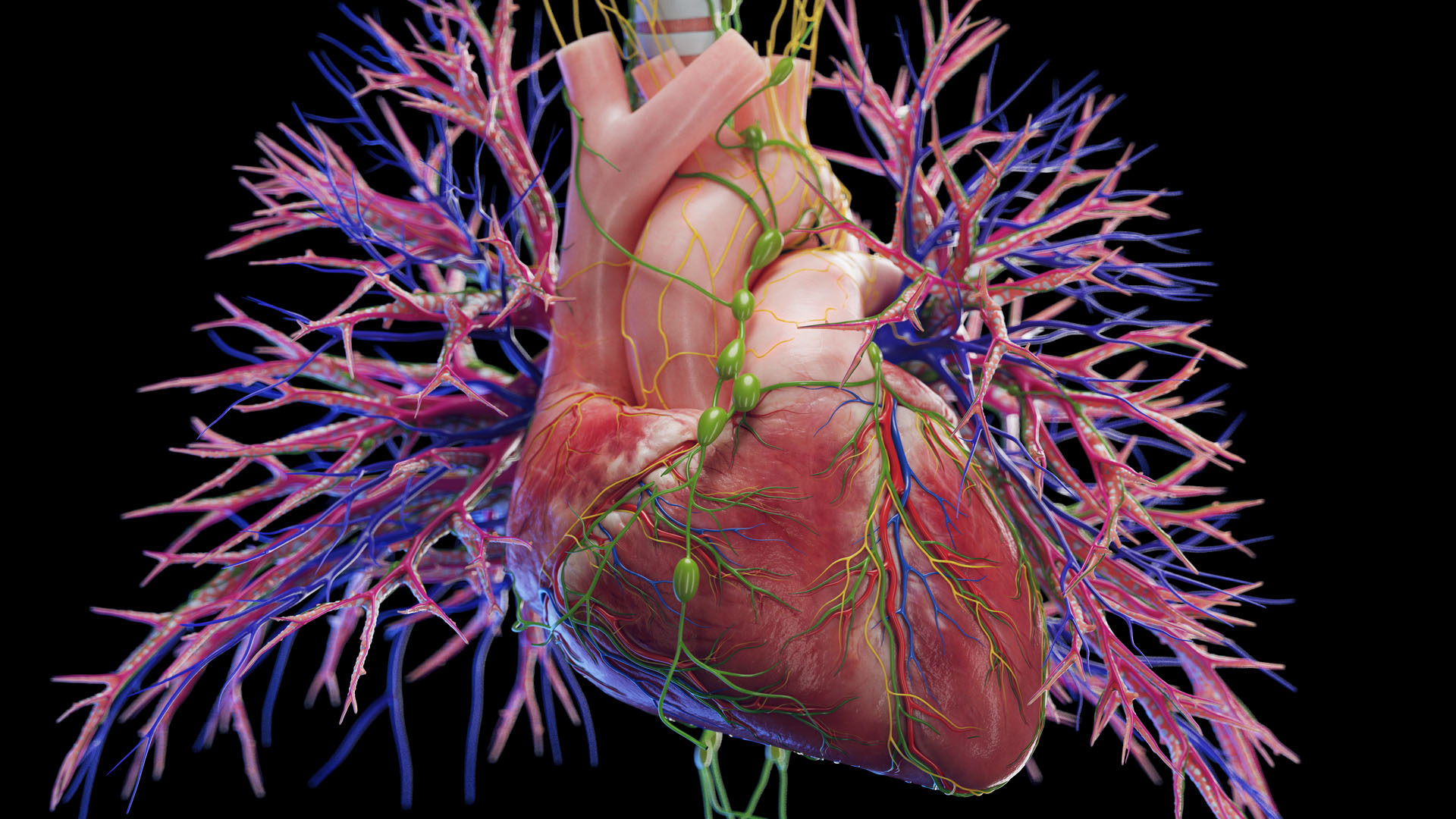
Do you have a favourite image?
It’s difficult to choose just one favourite image, but I would say that one of my favourites is the one that I created based on our new anatomy model.

